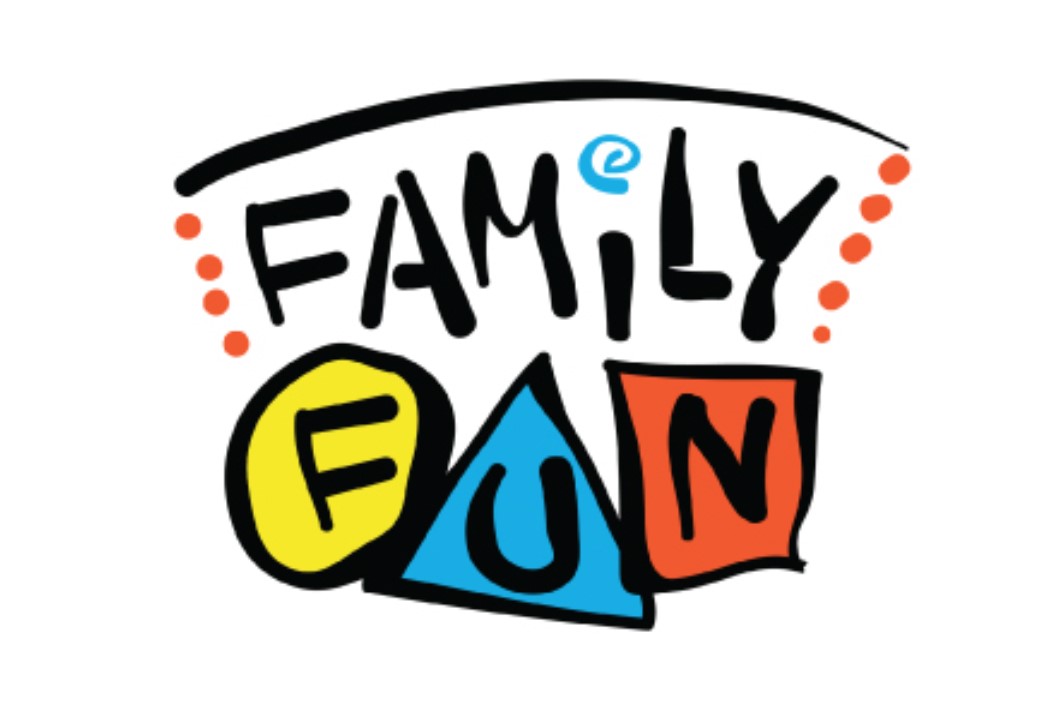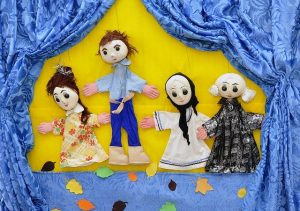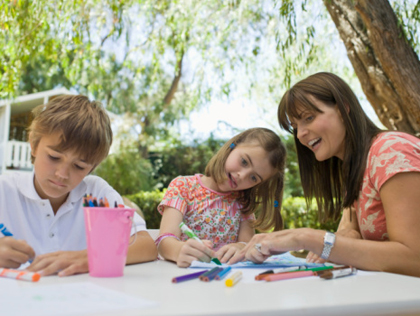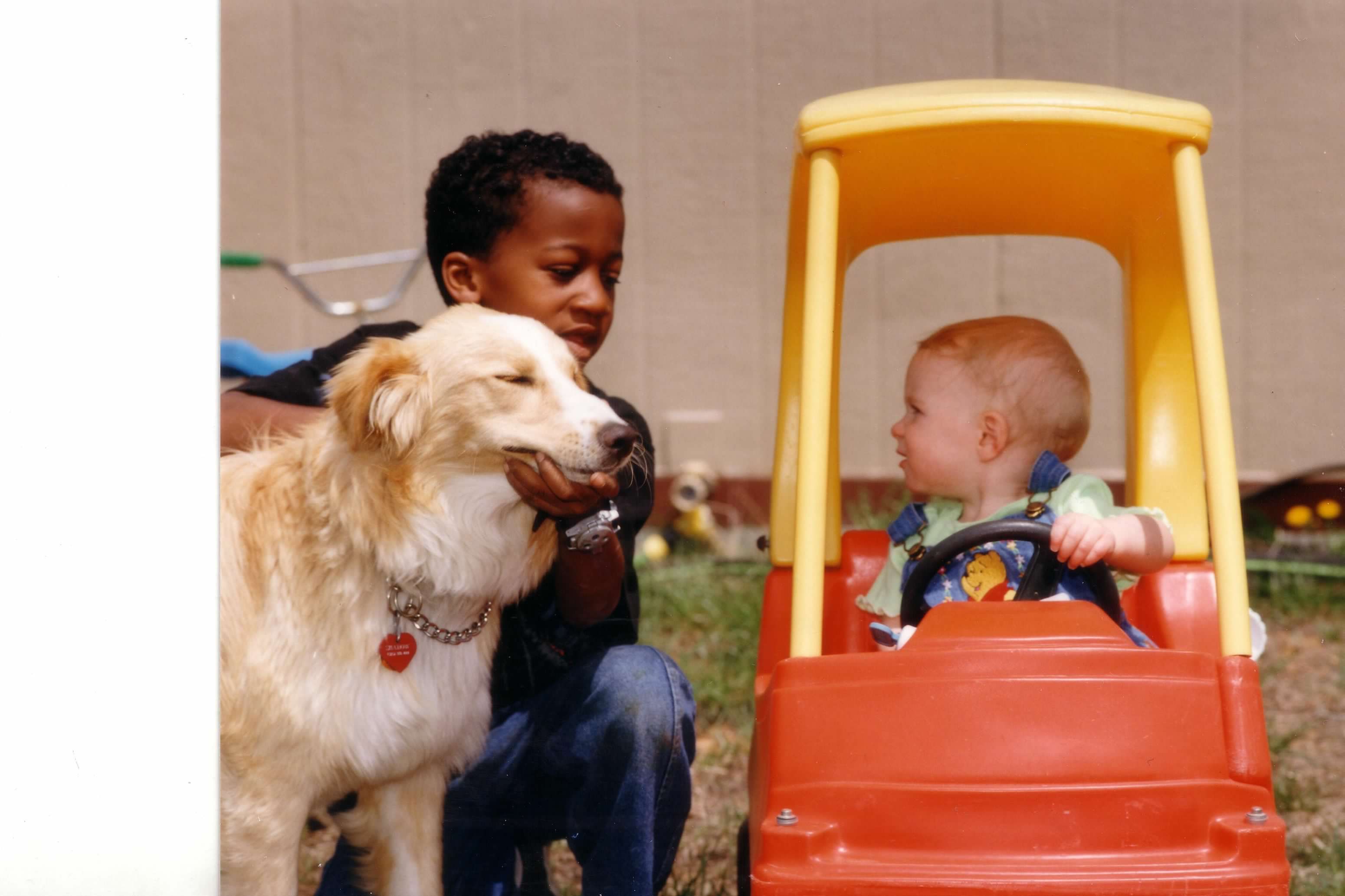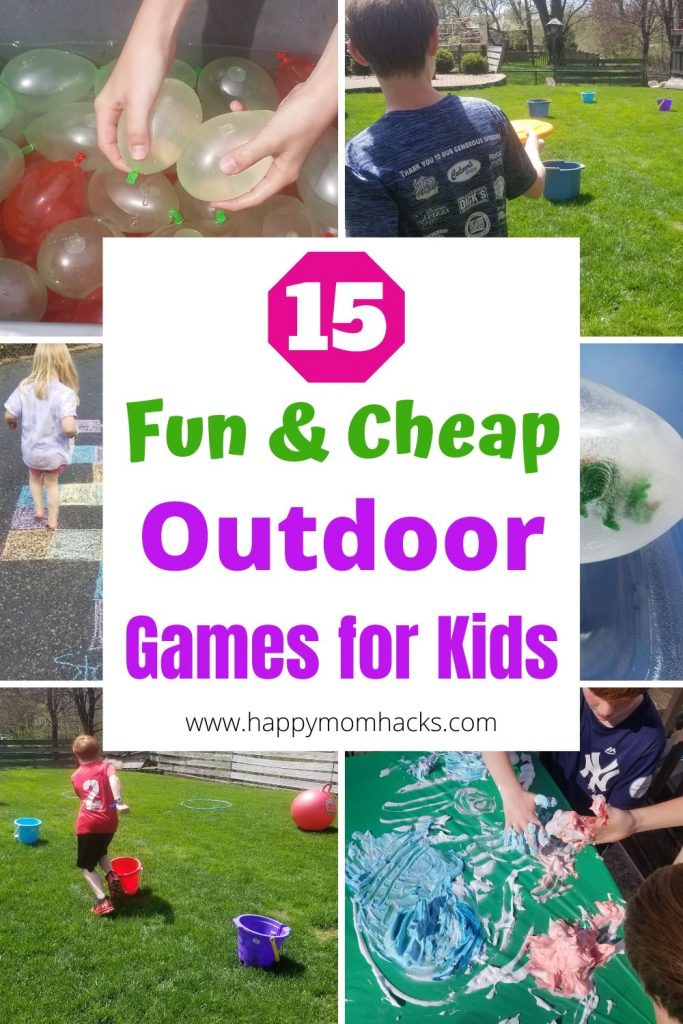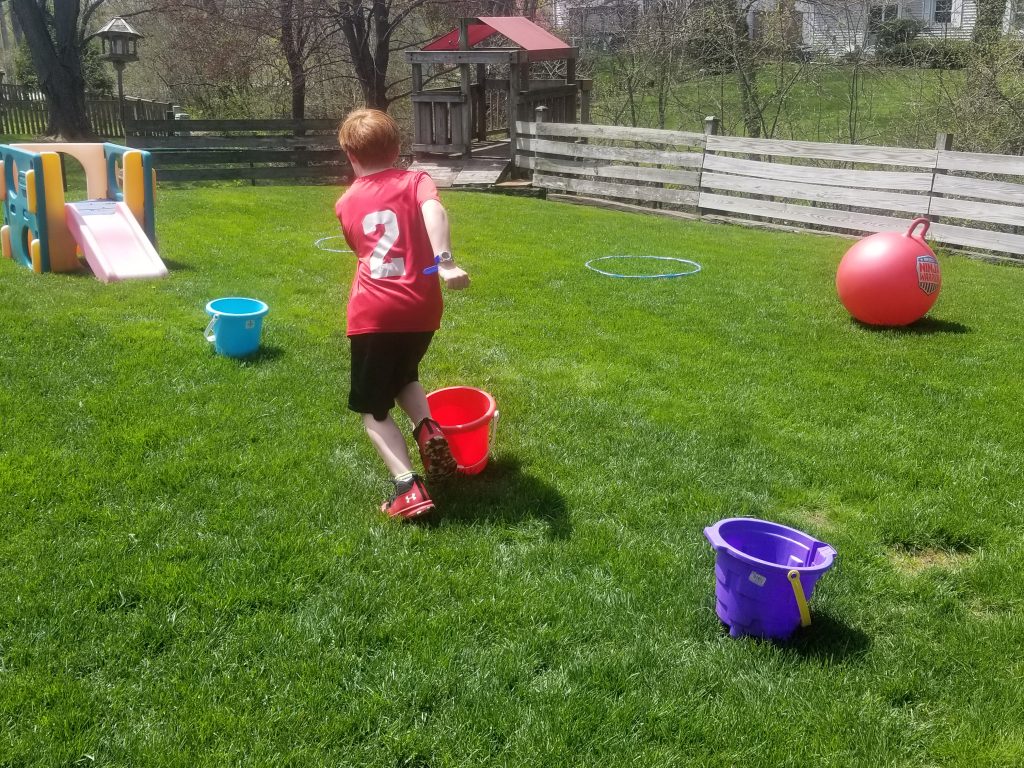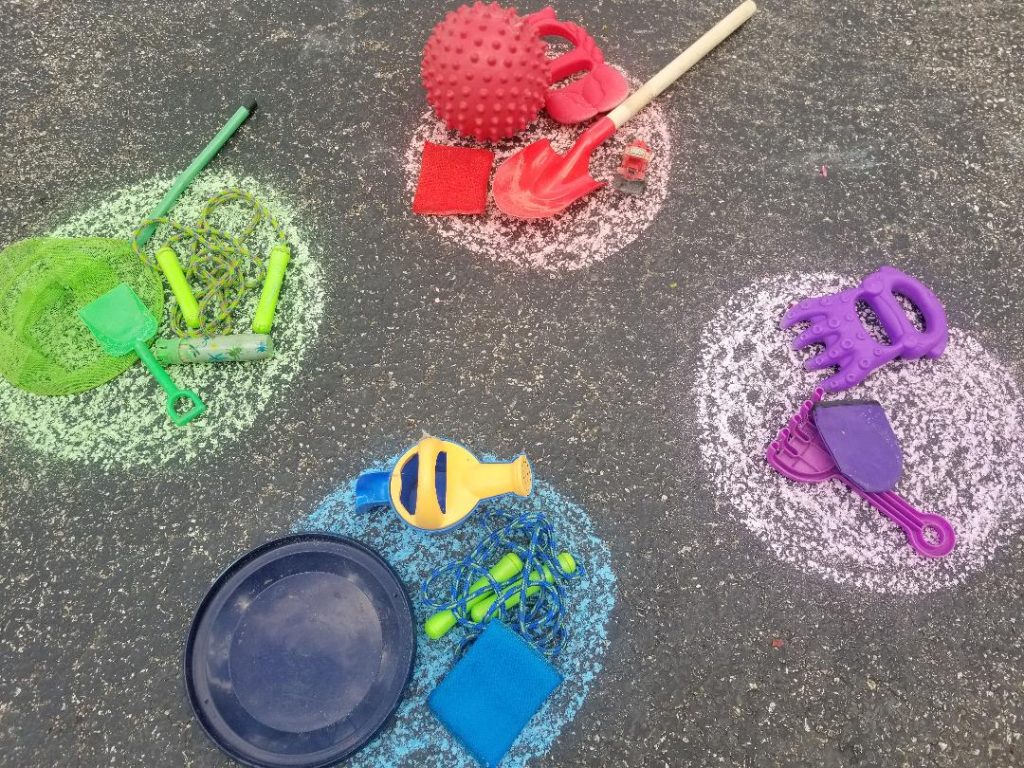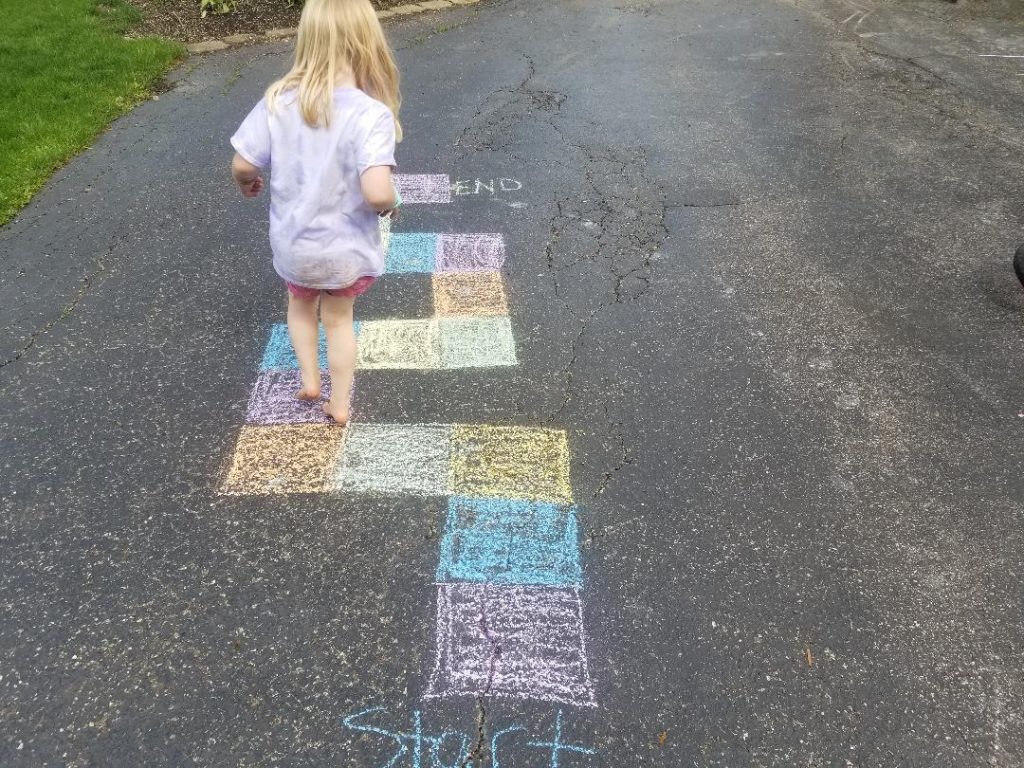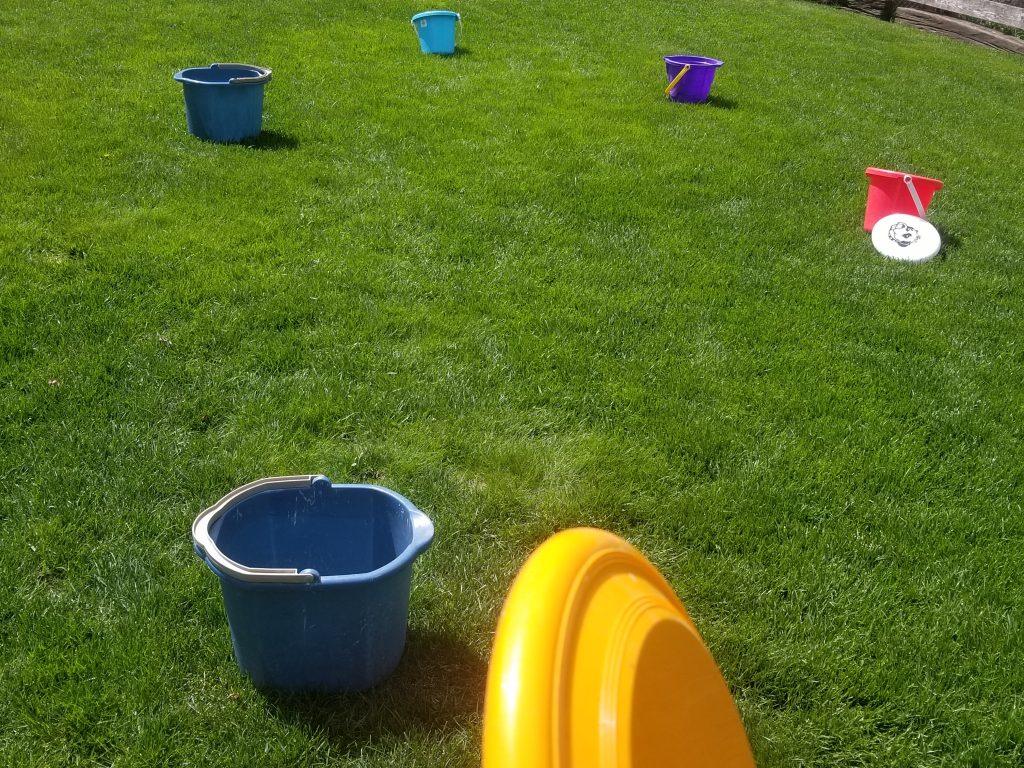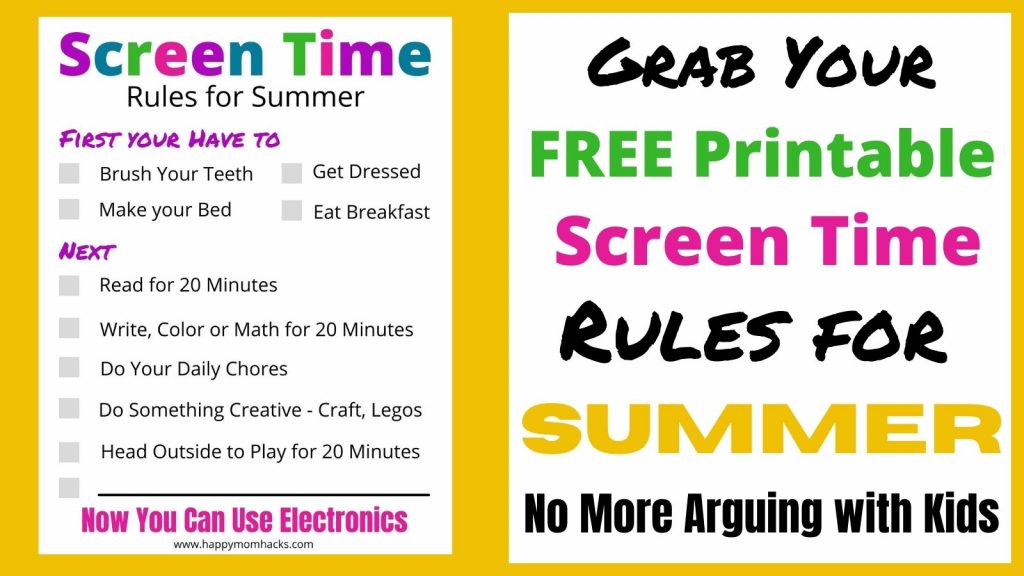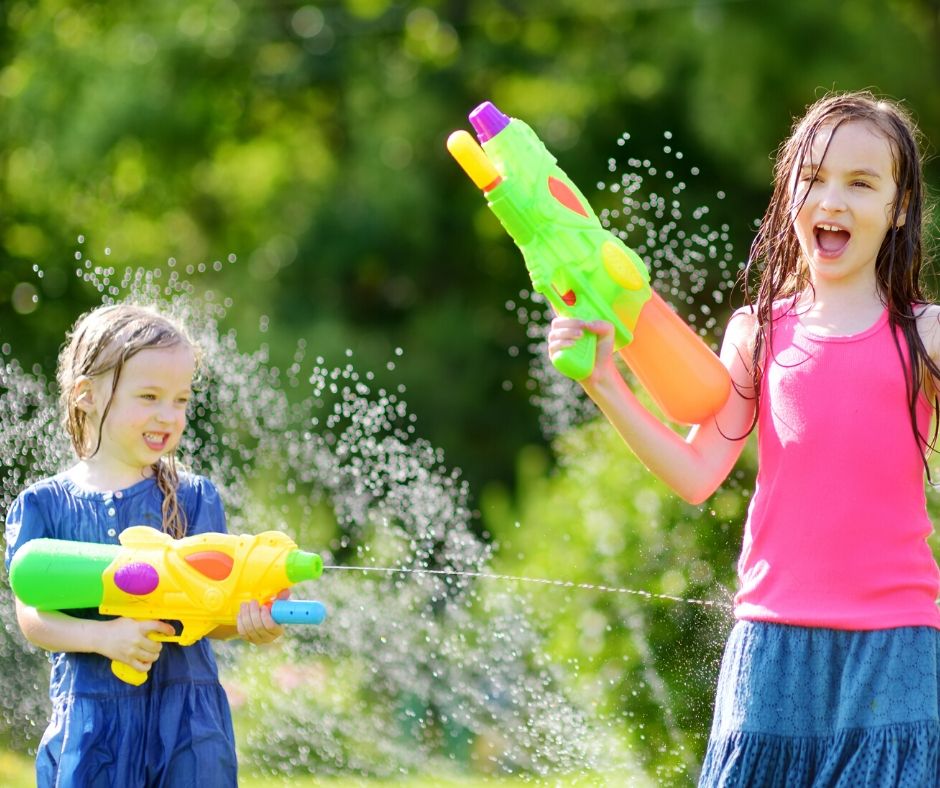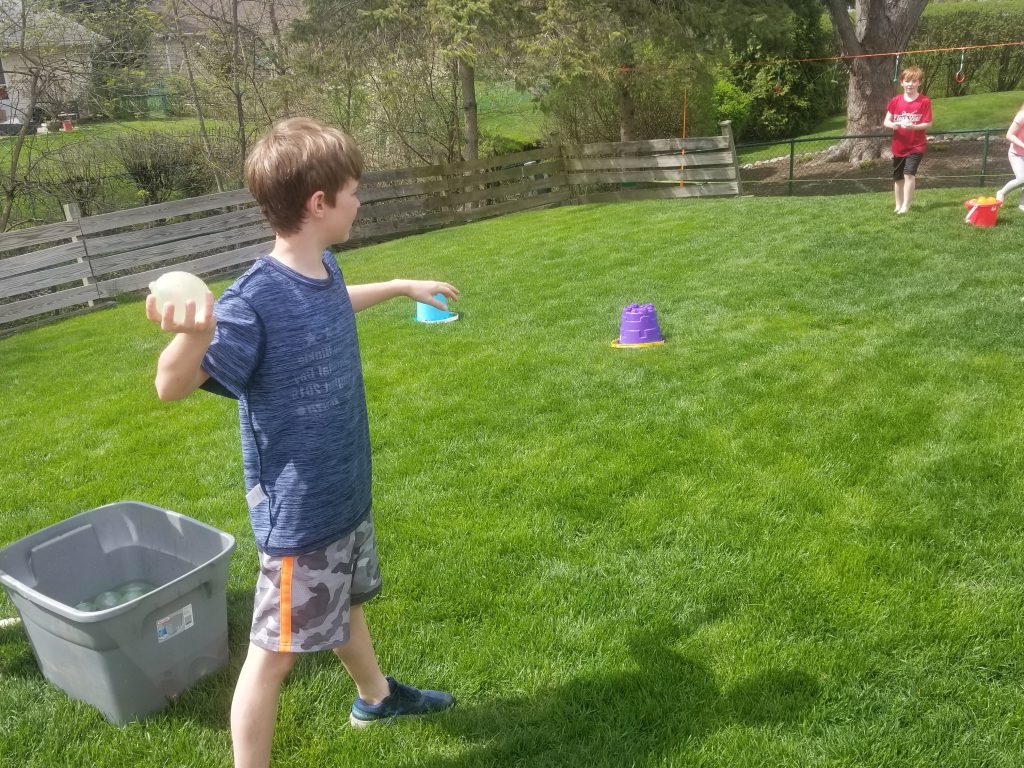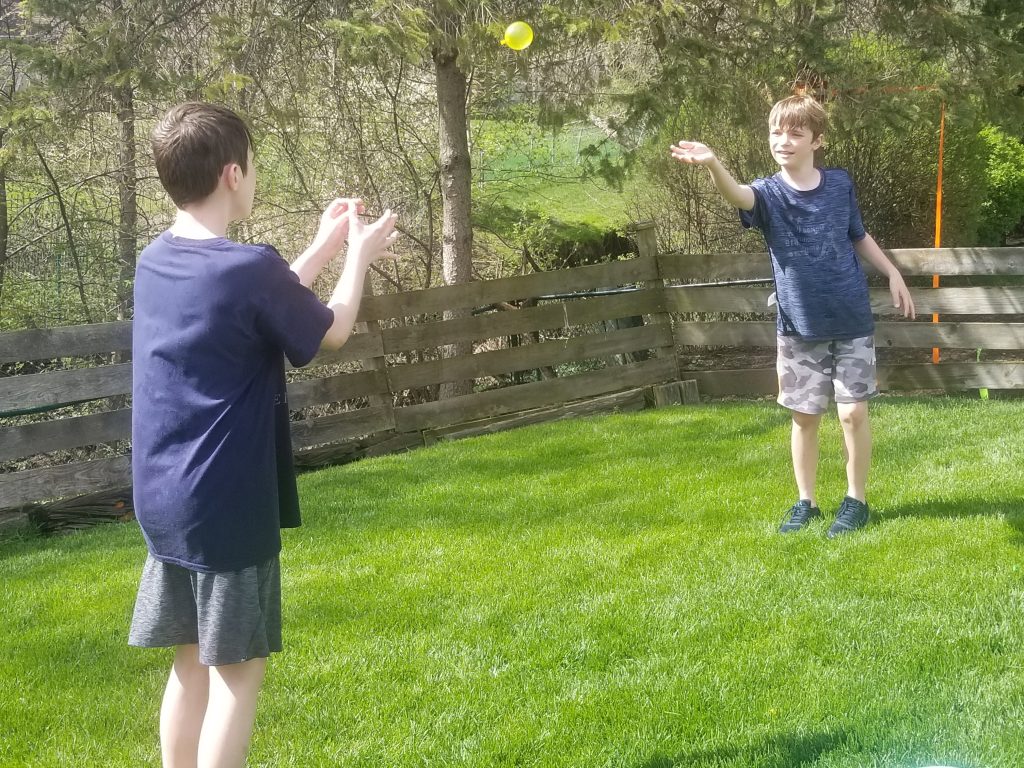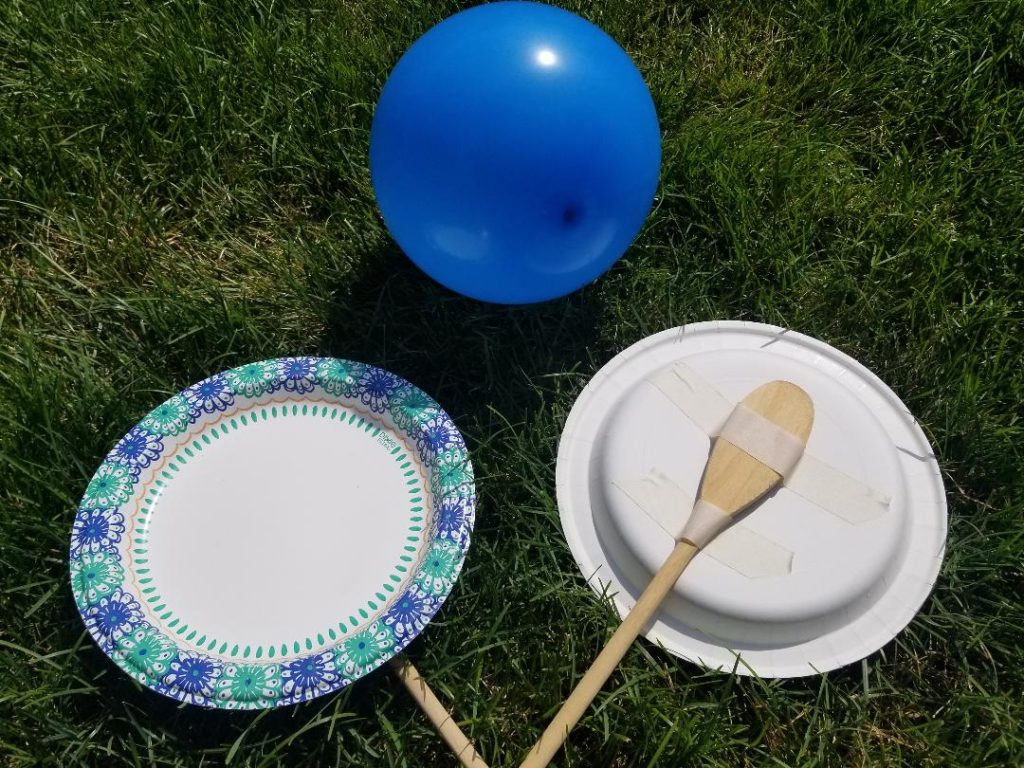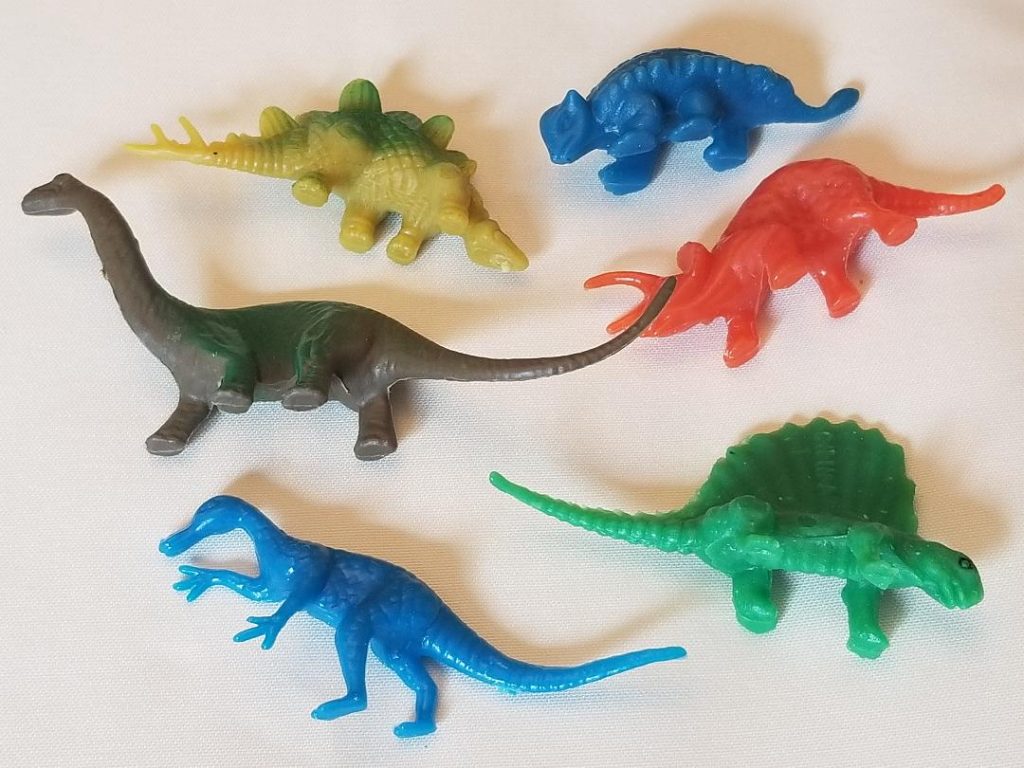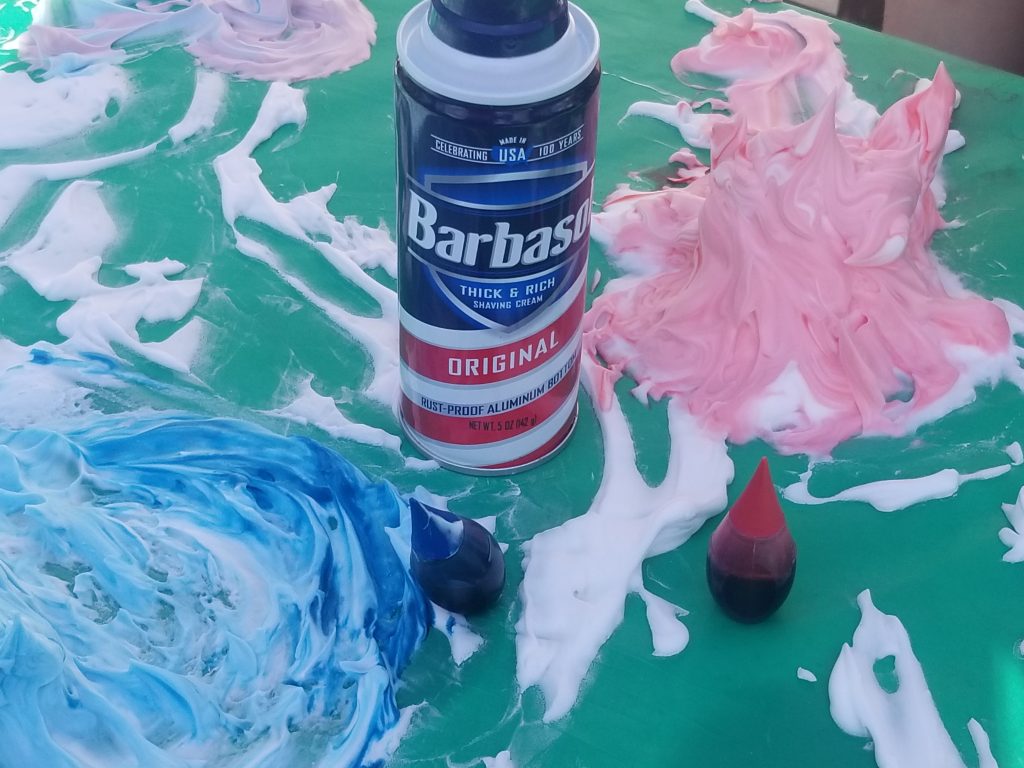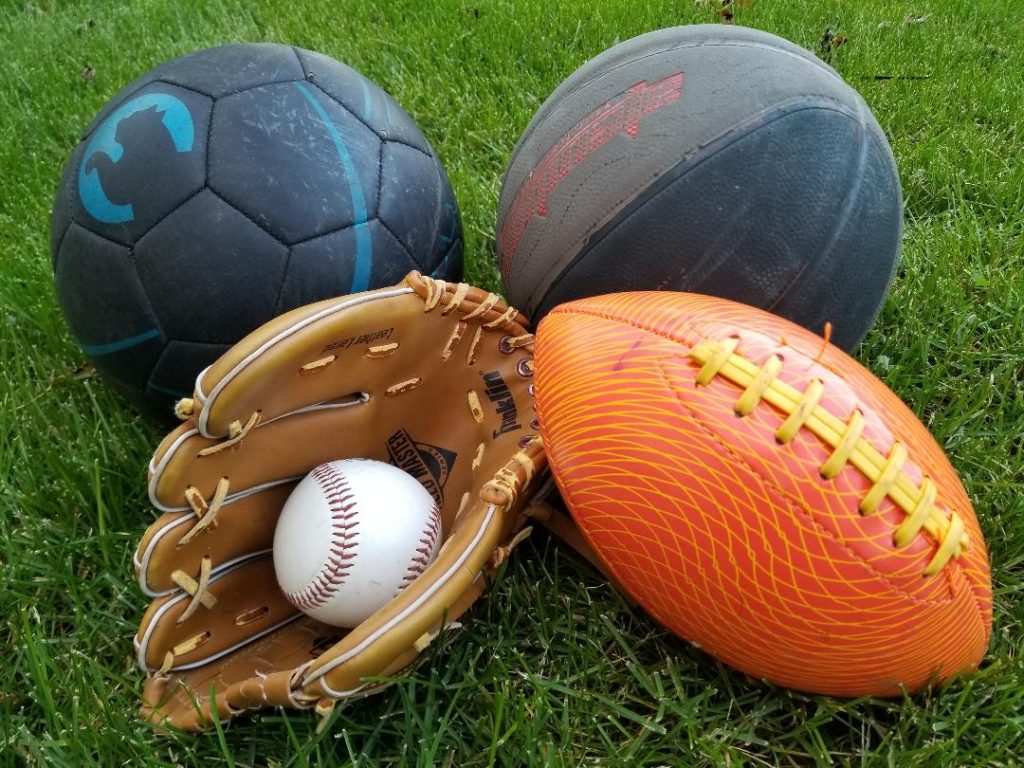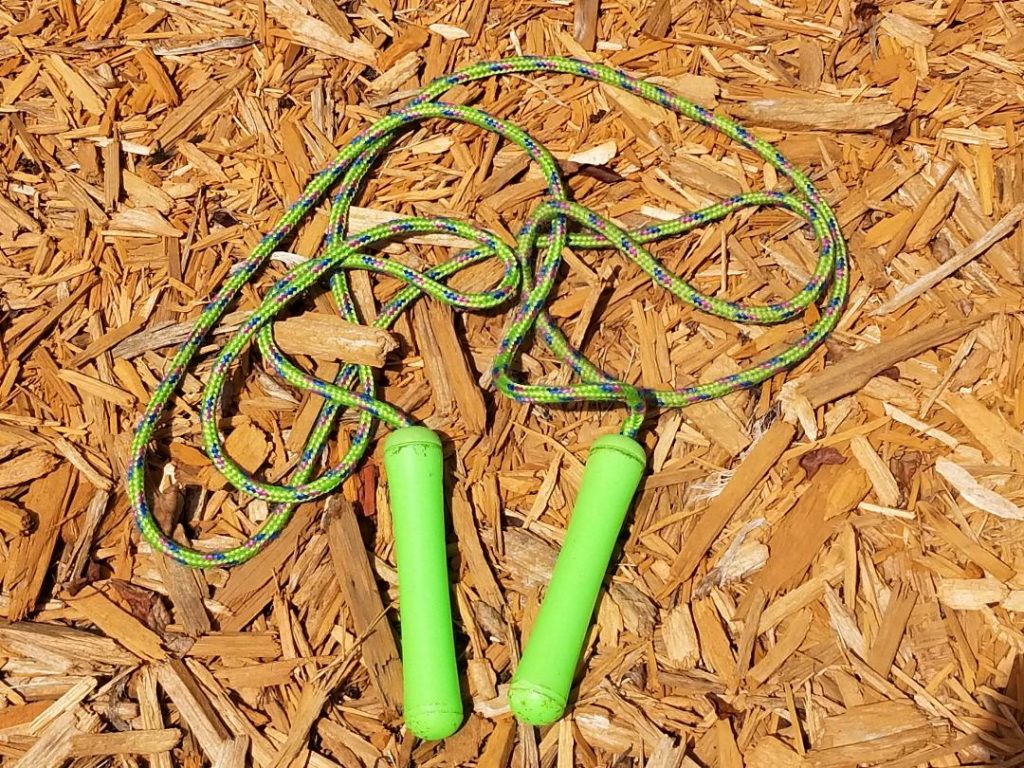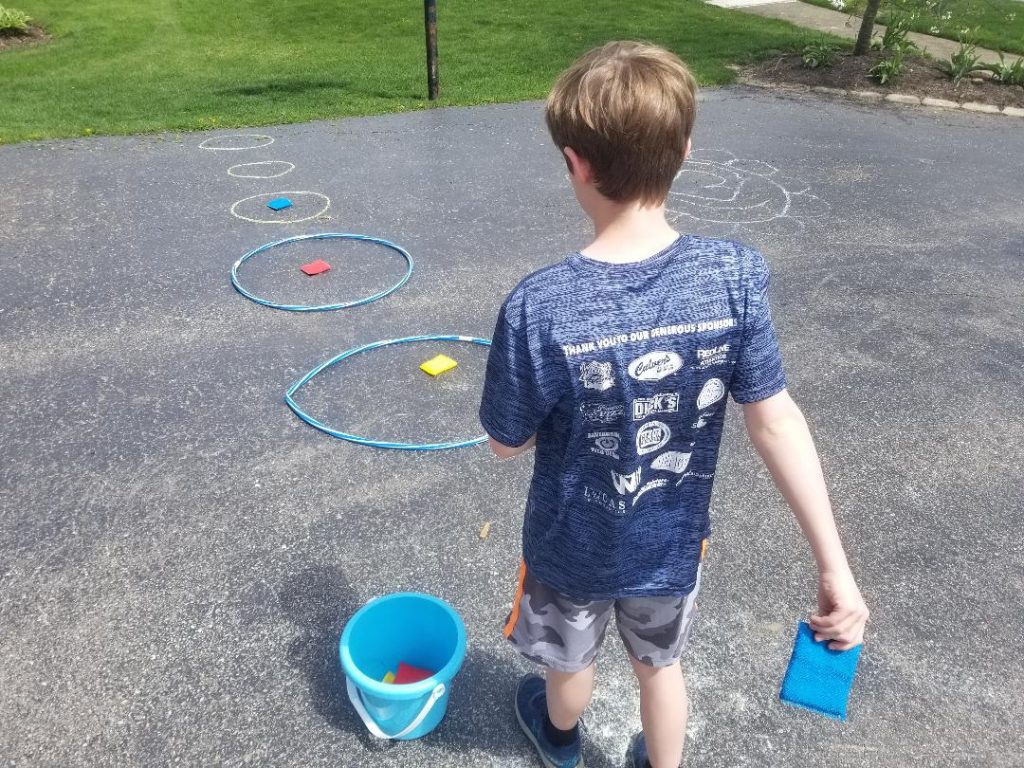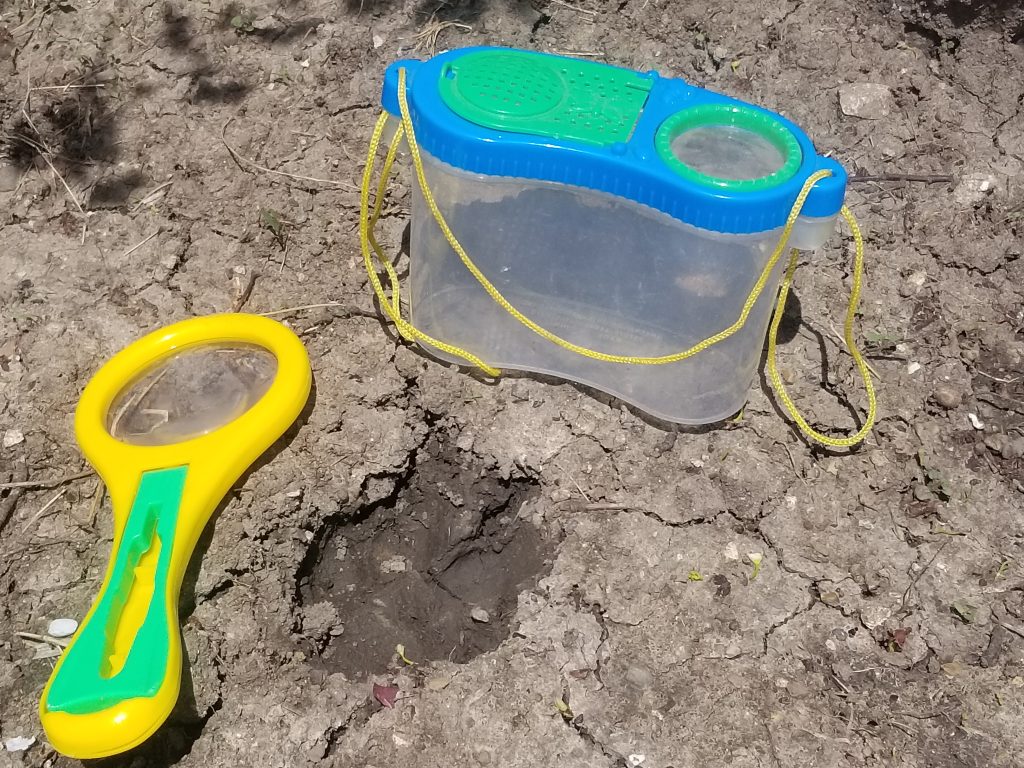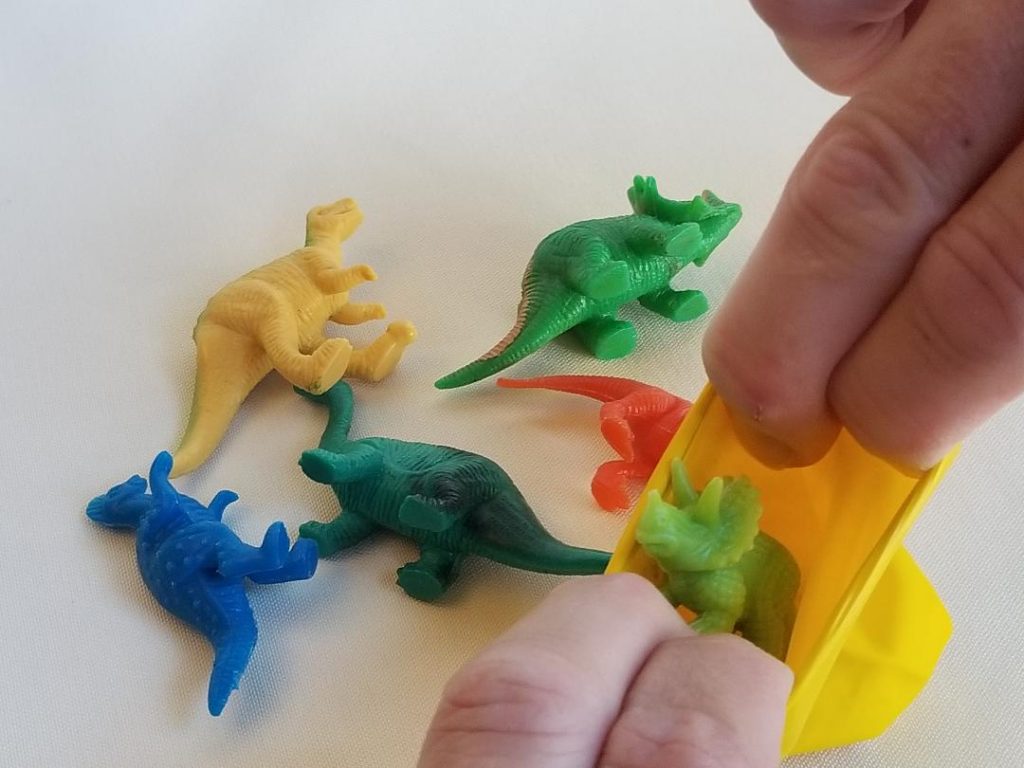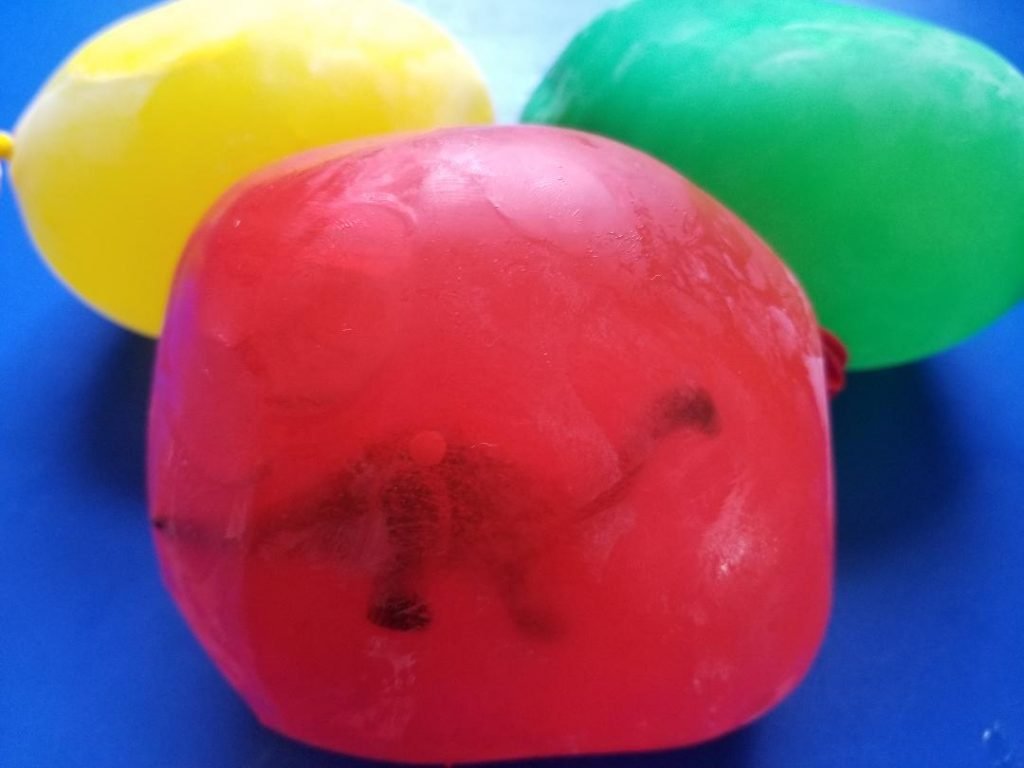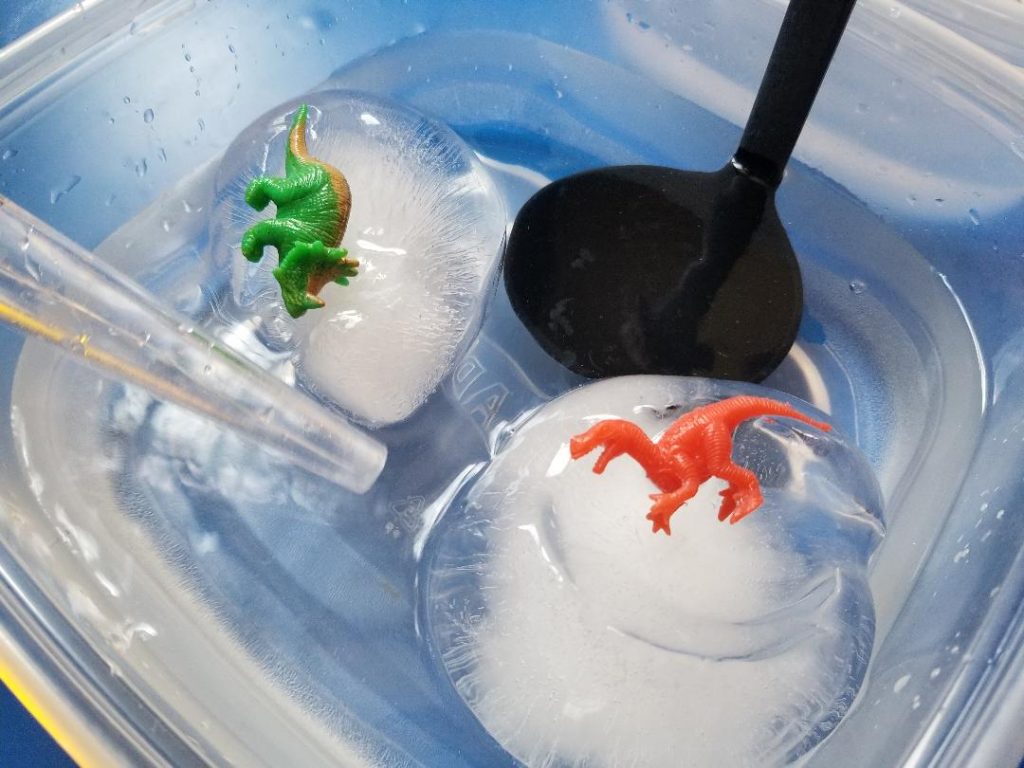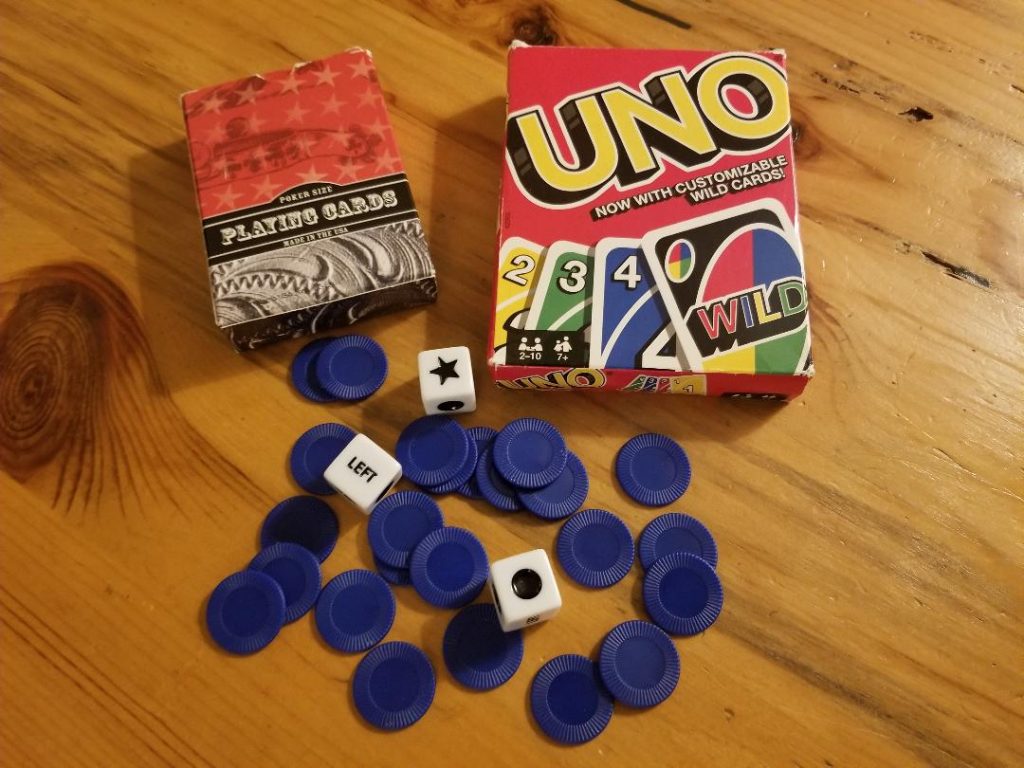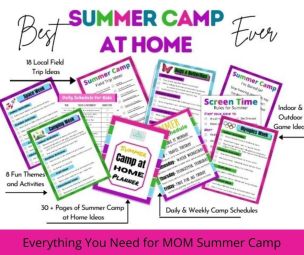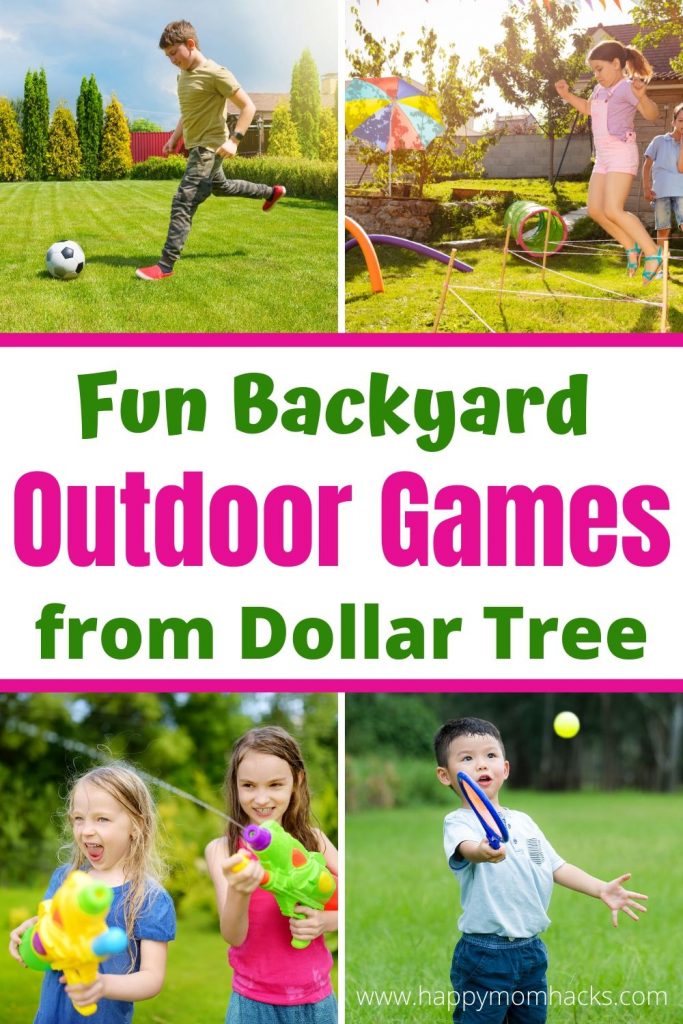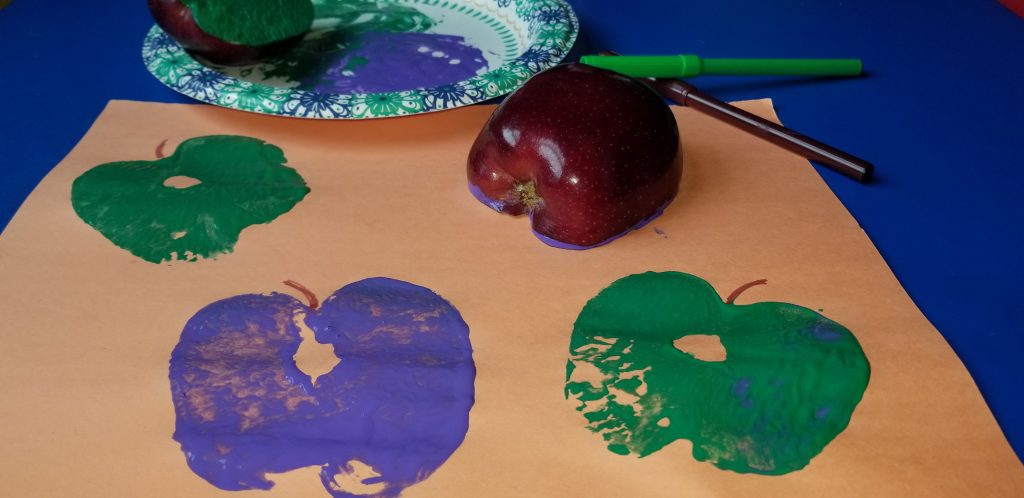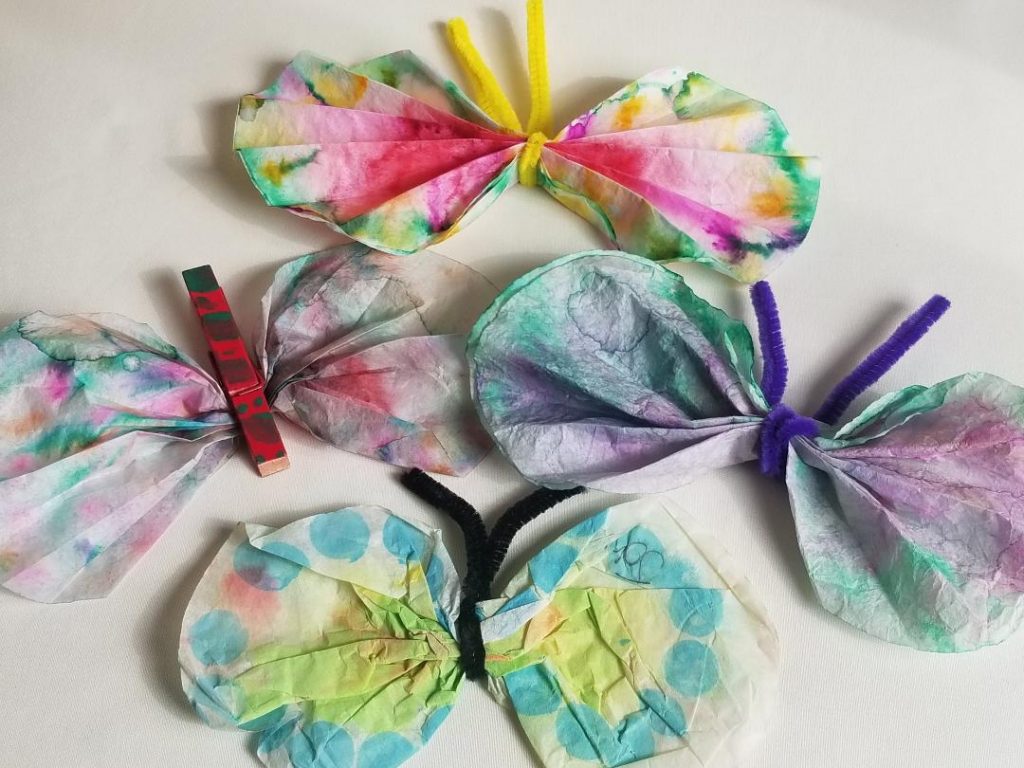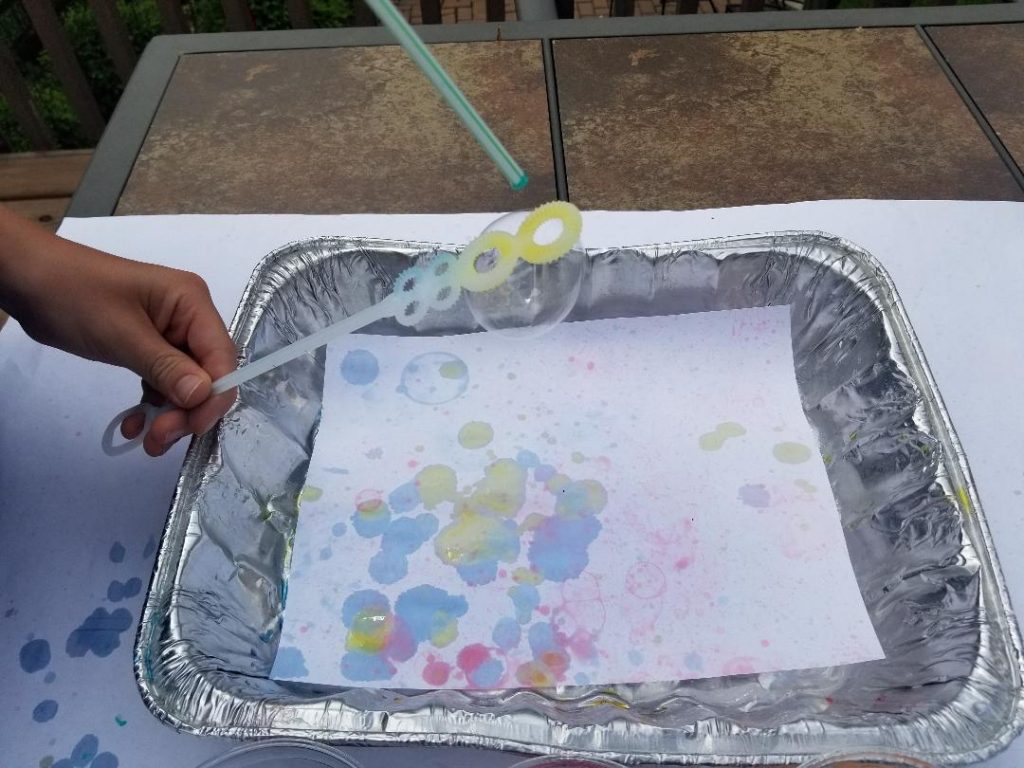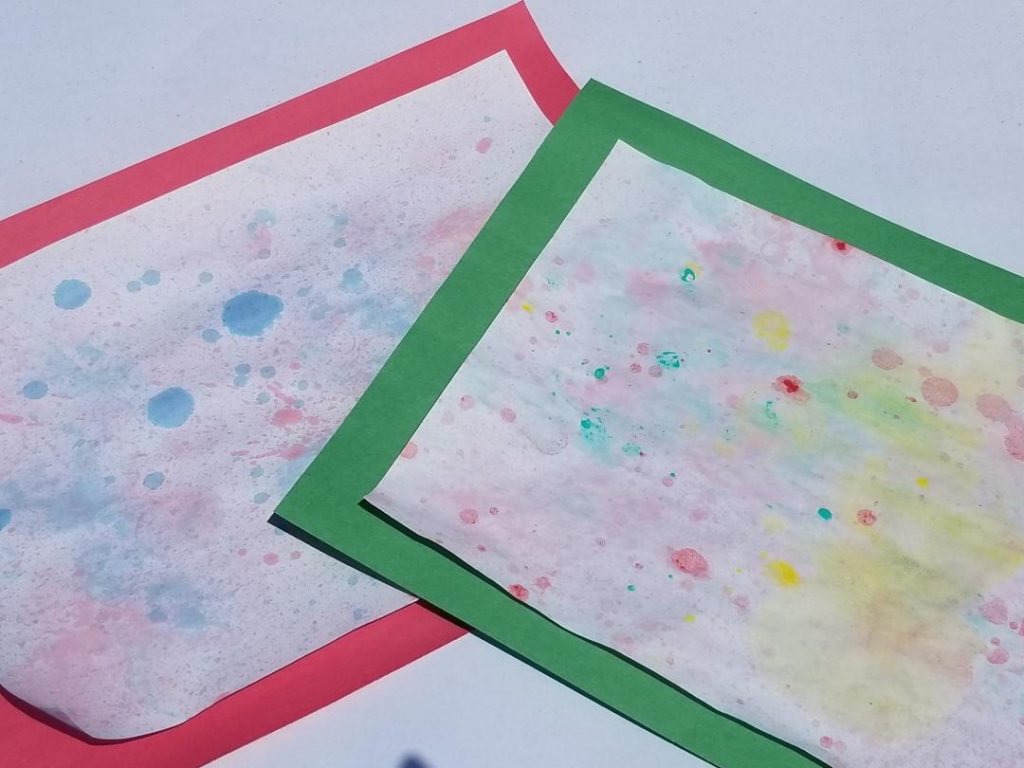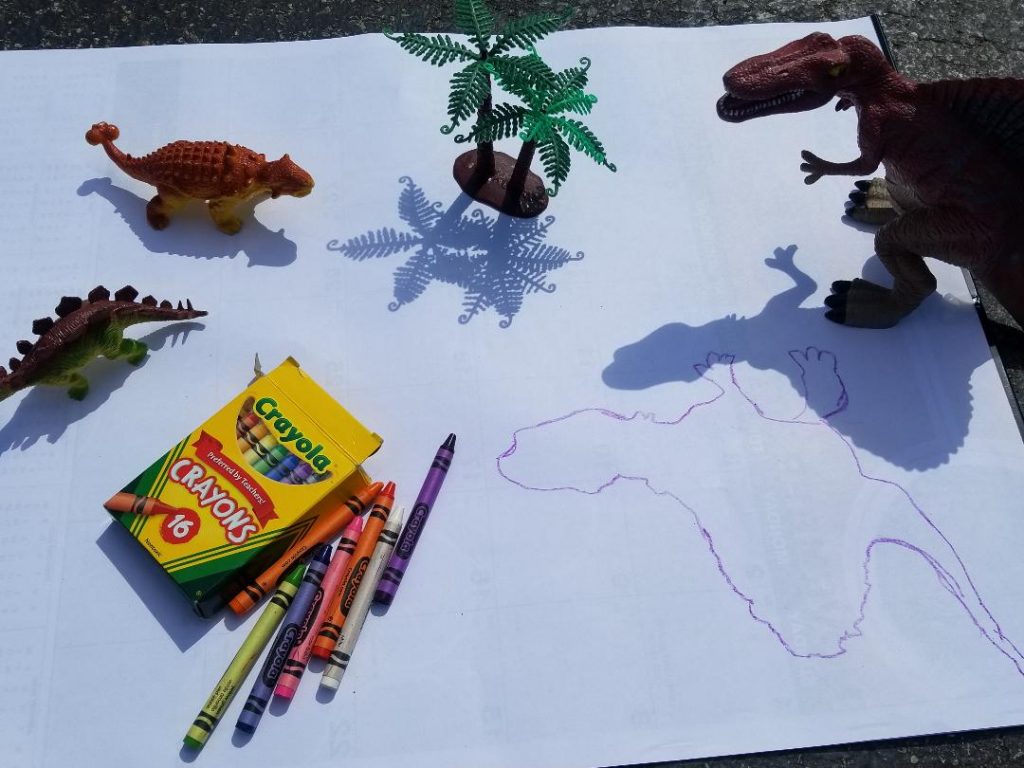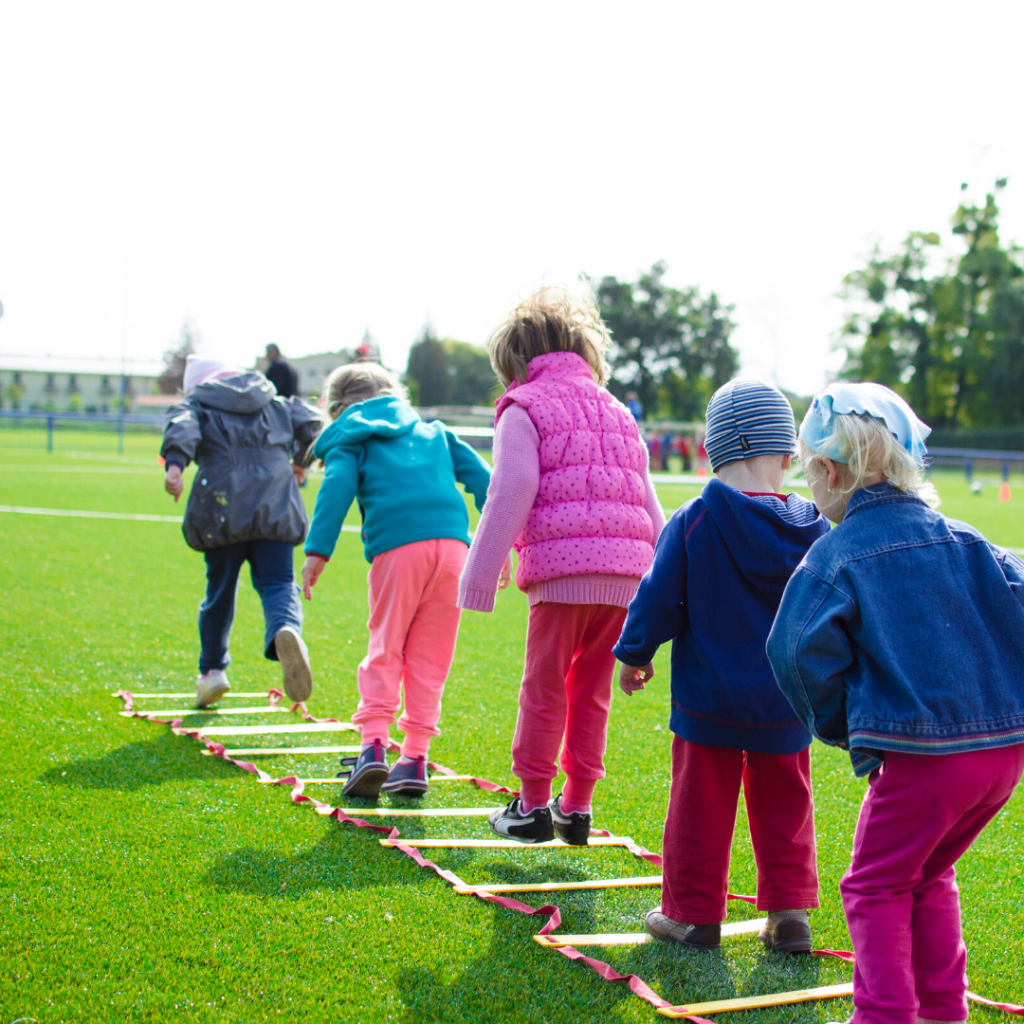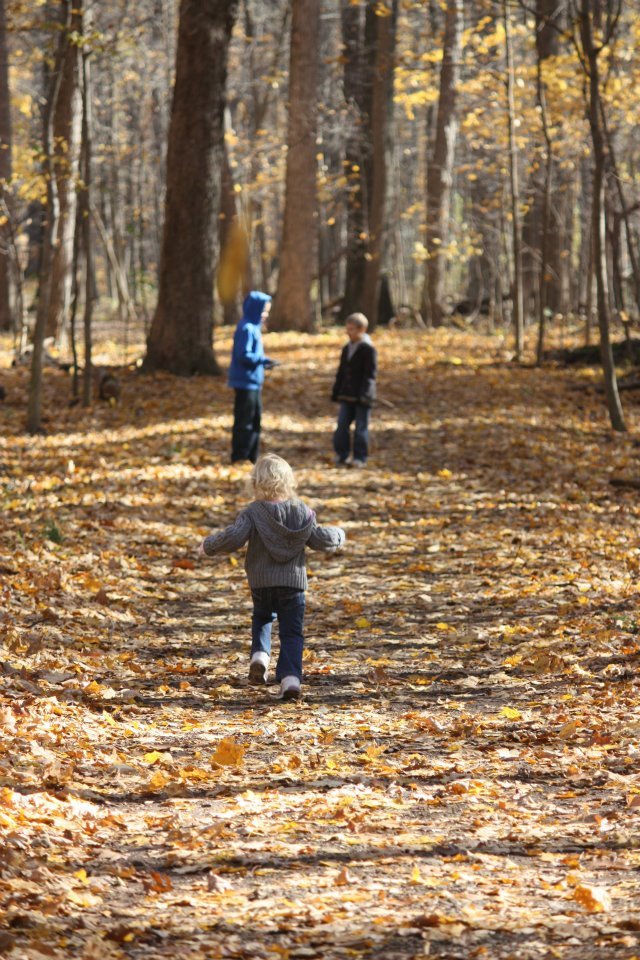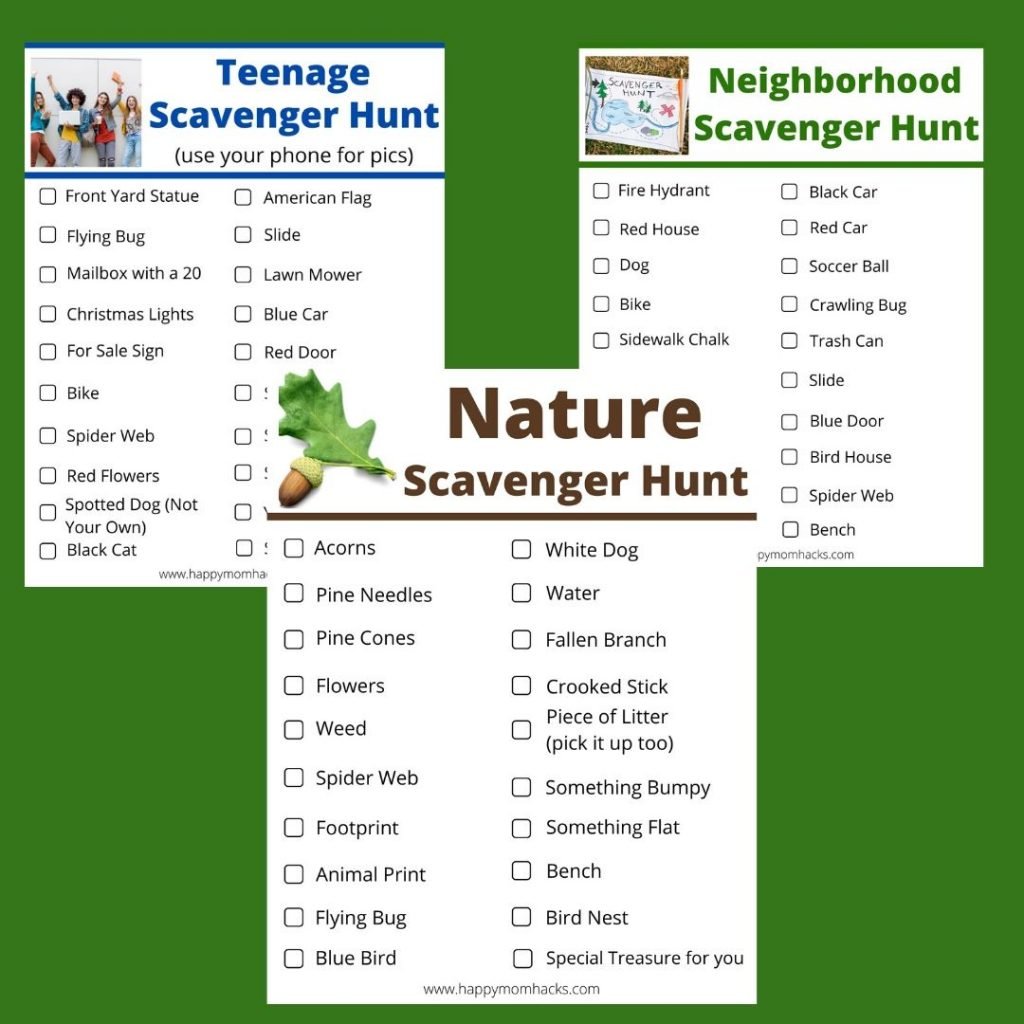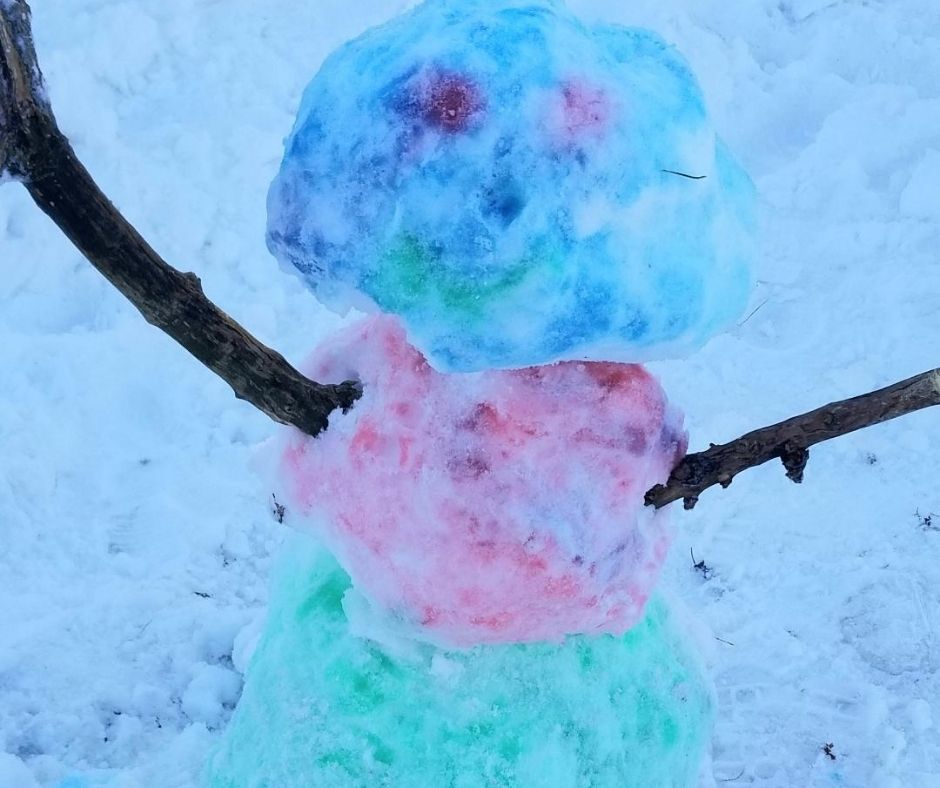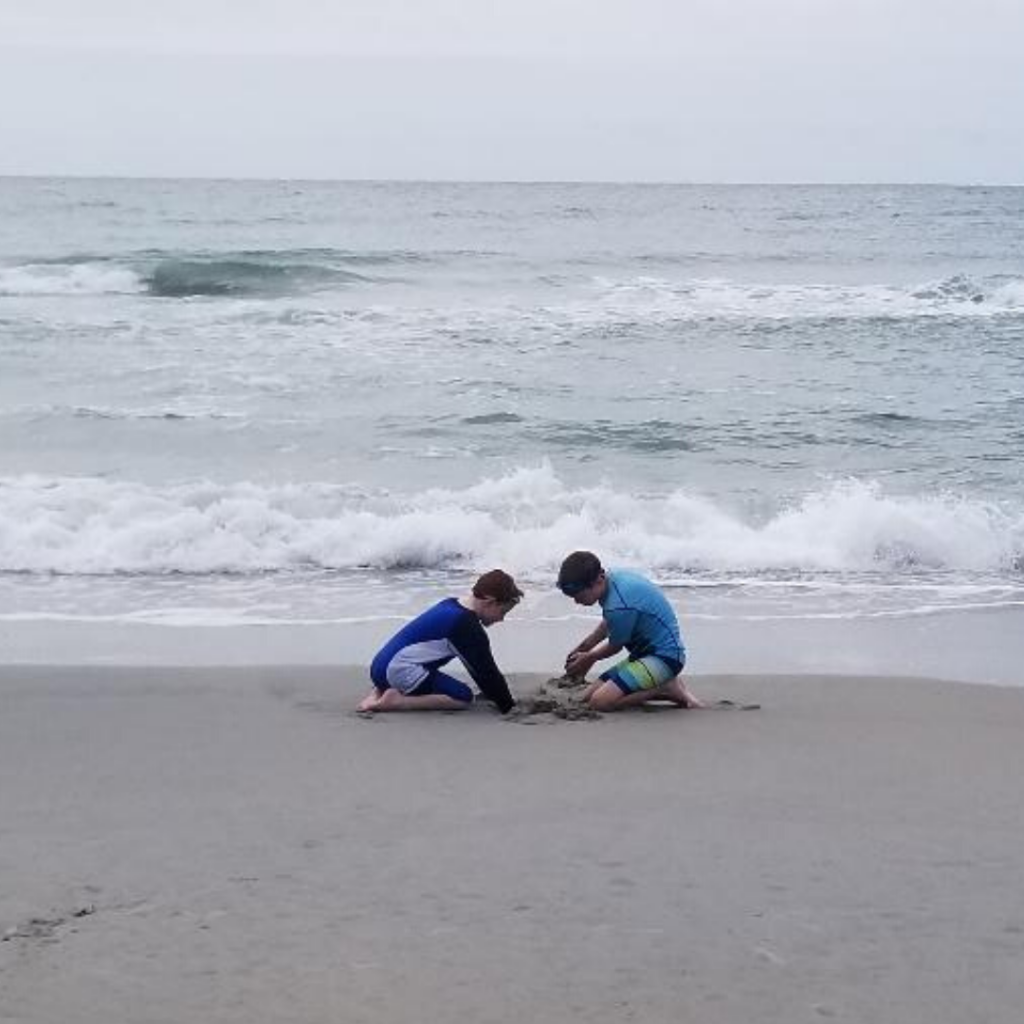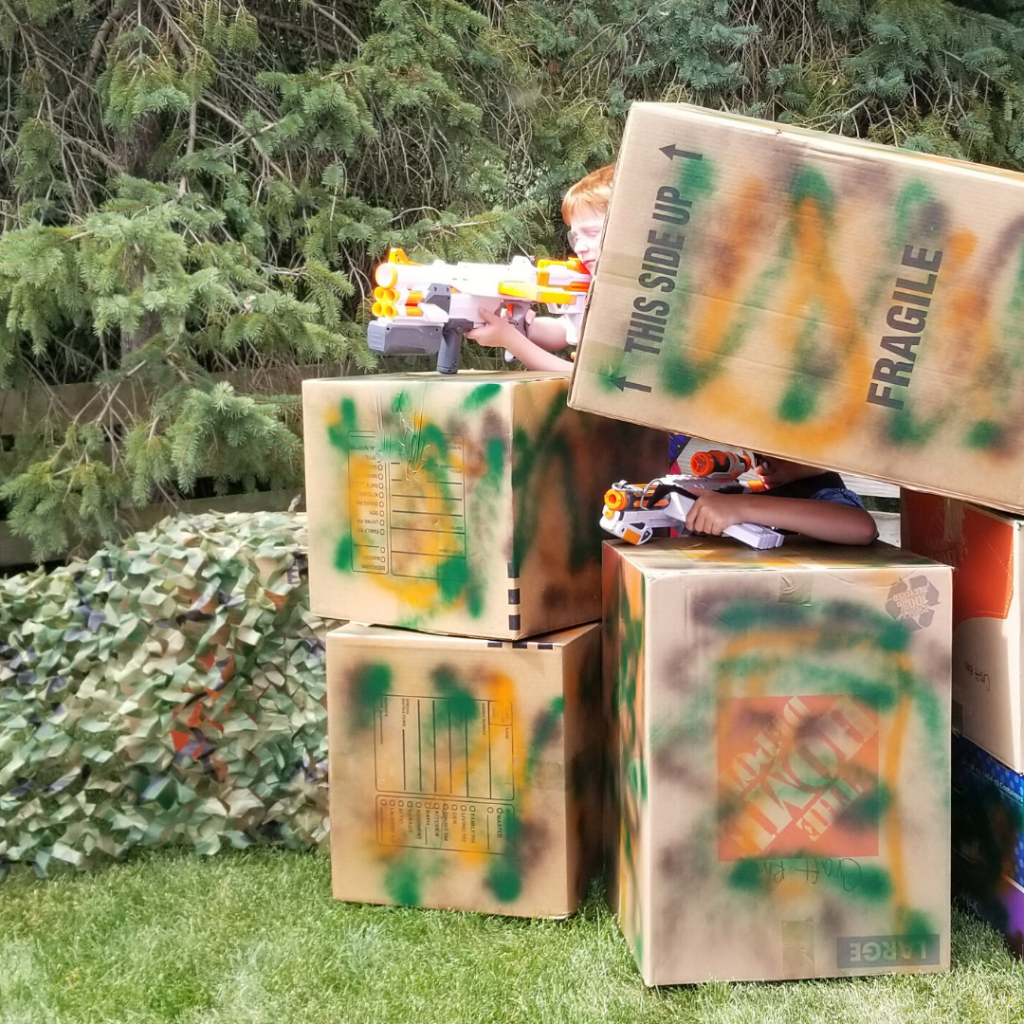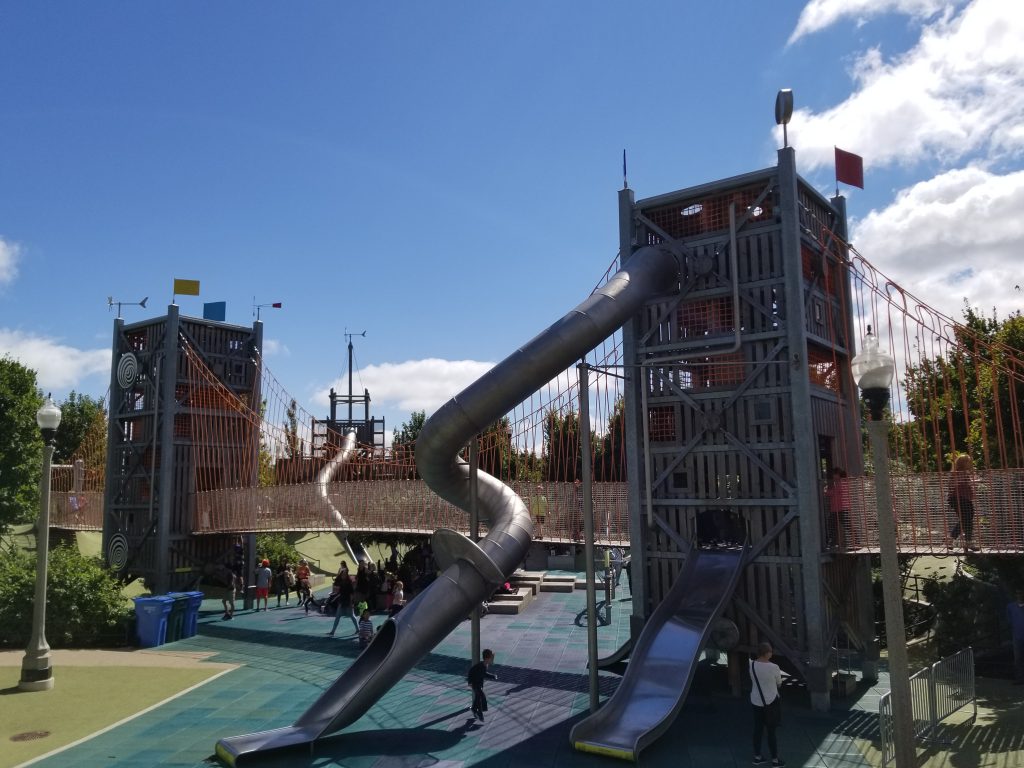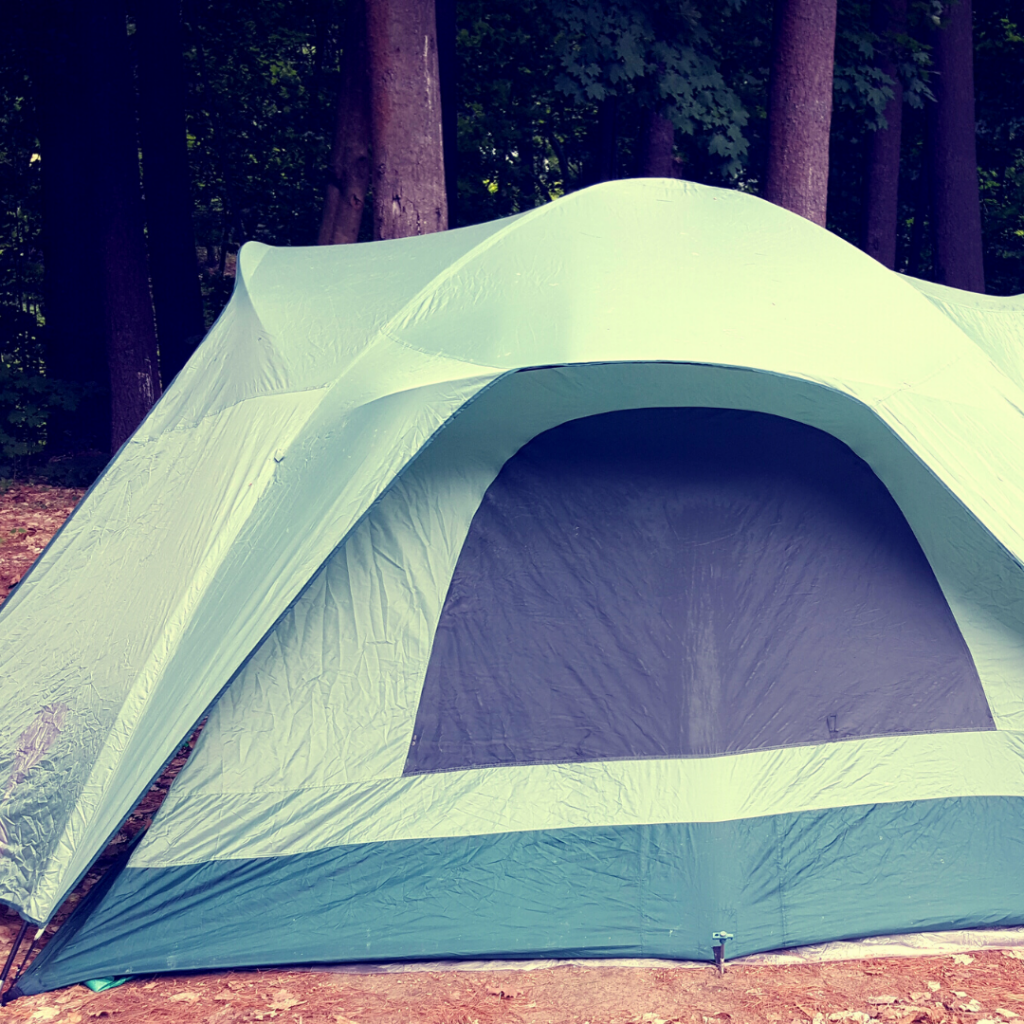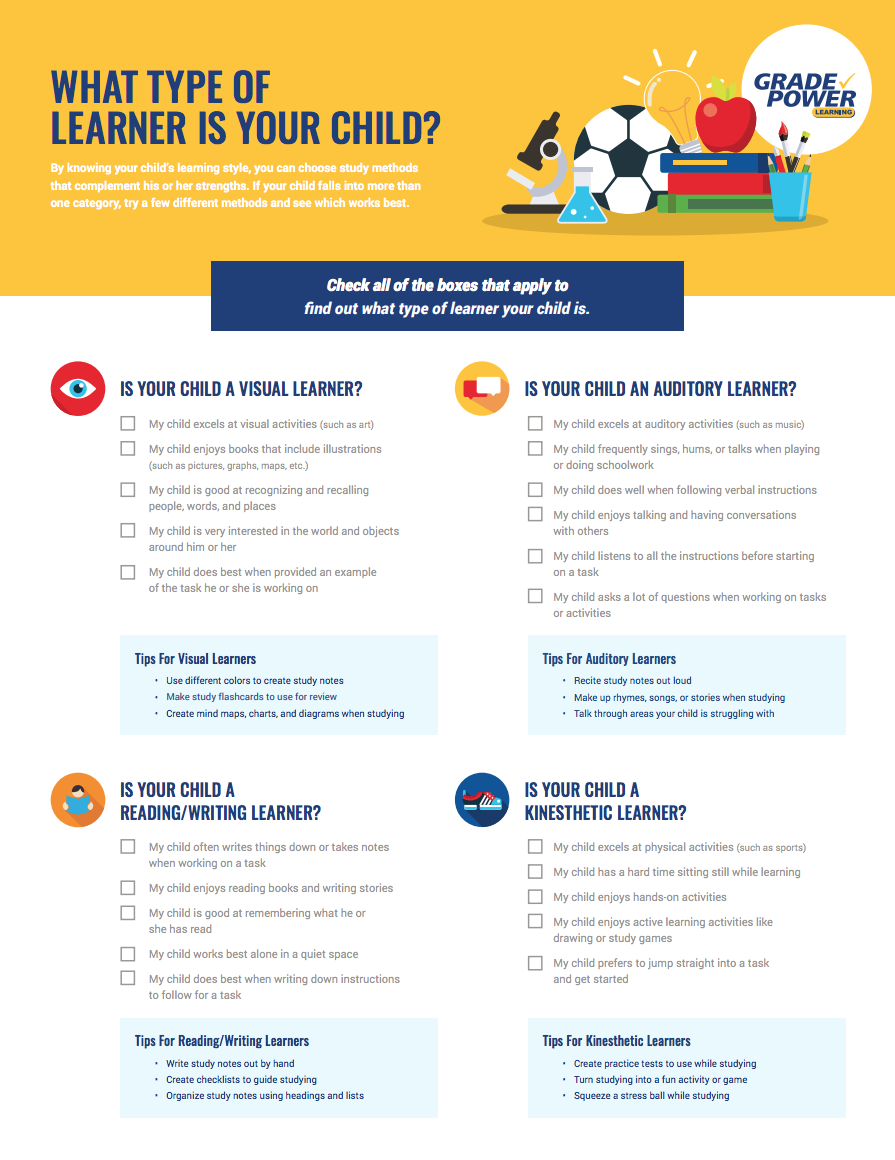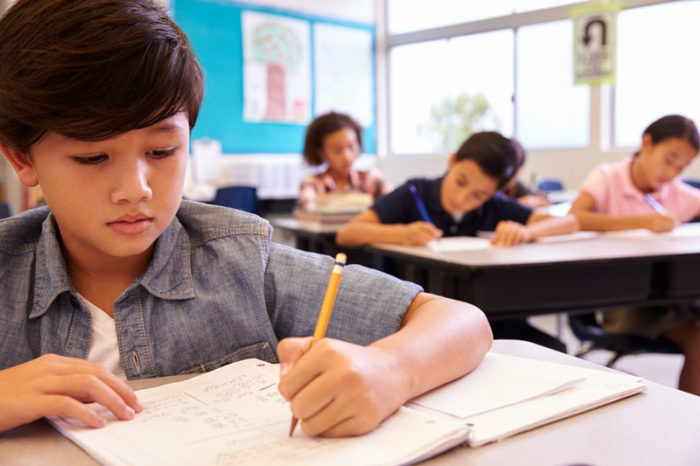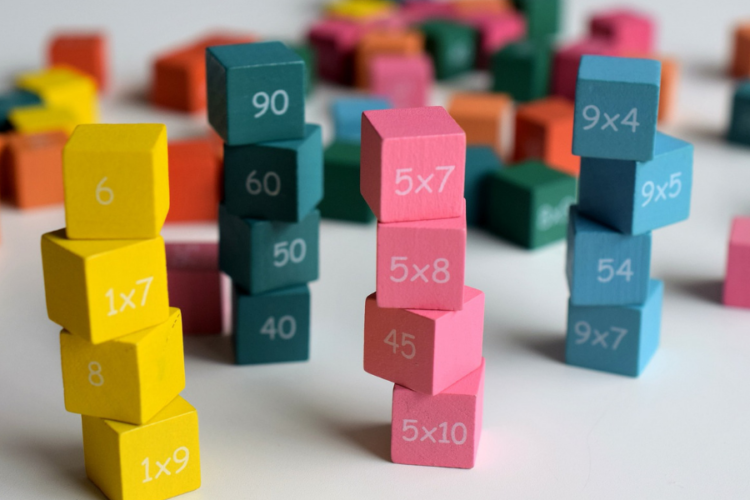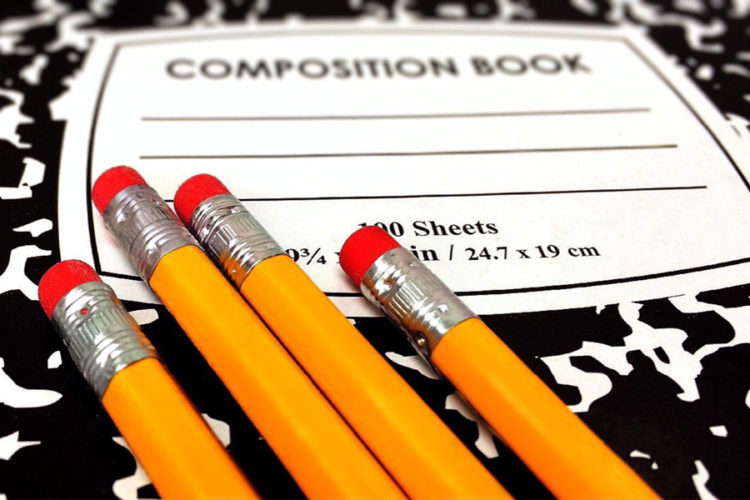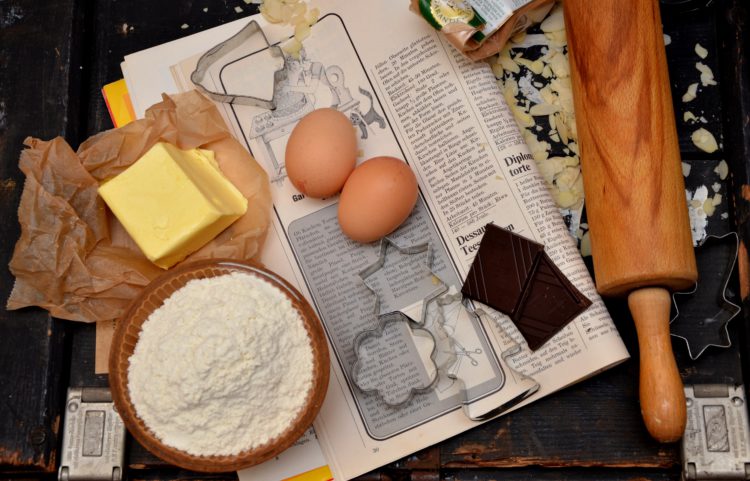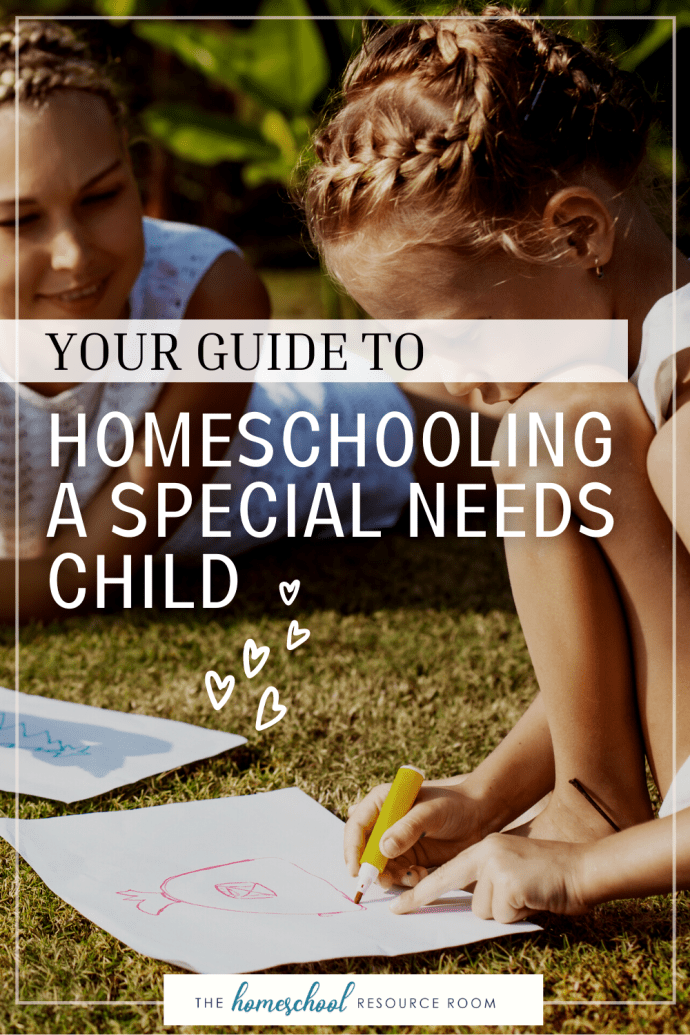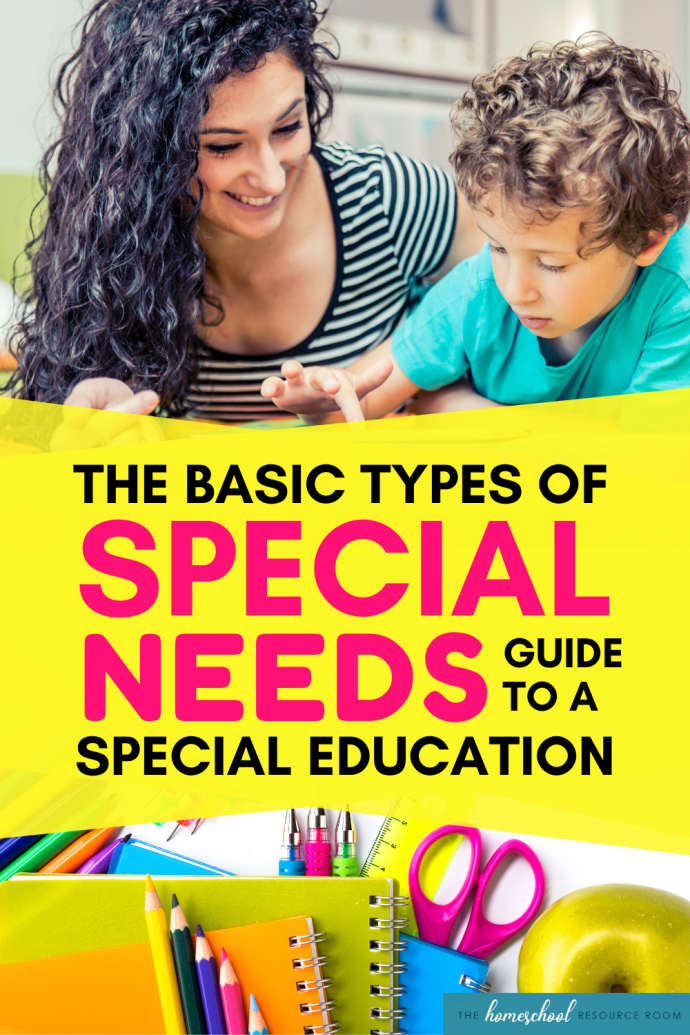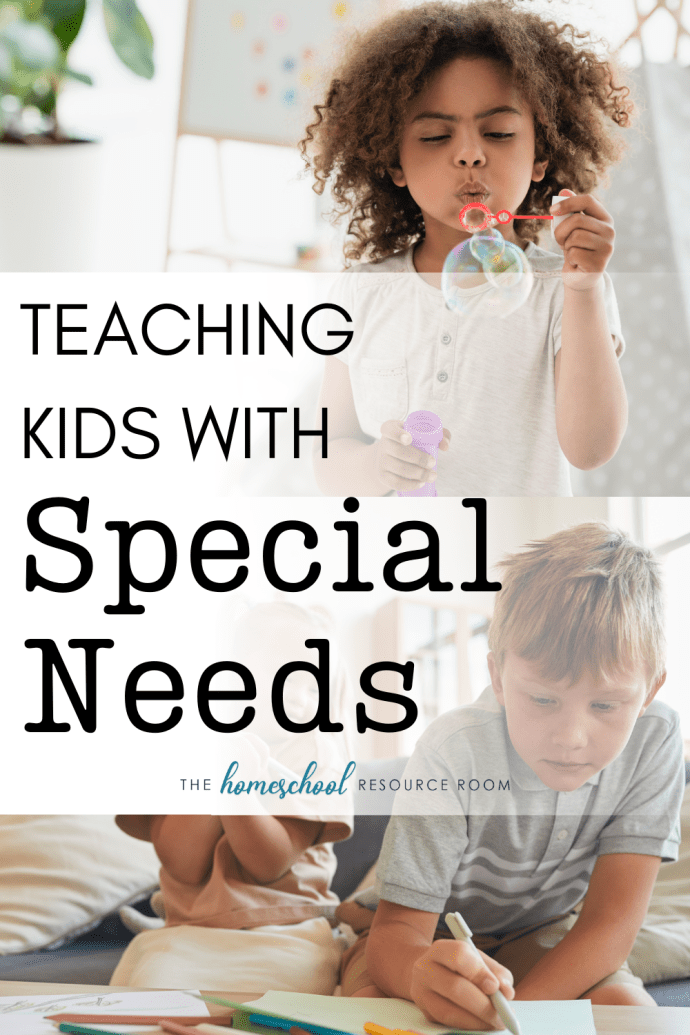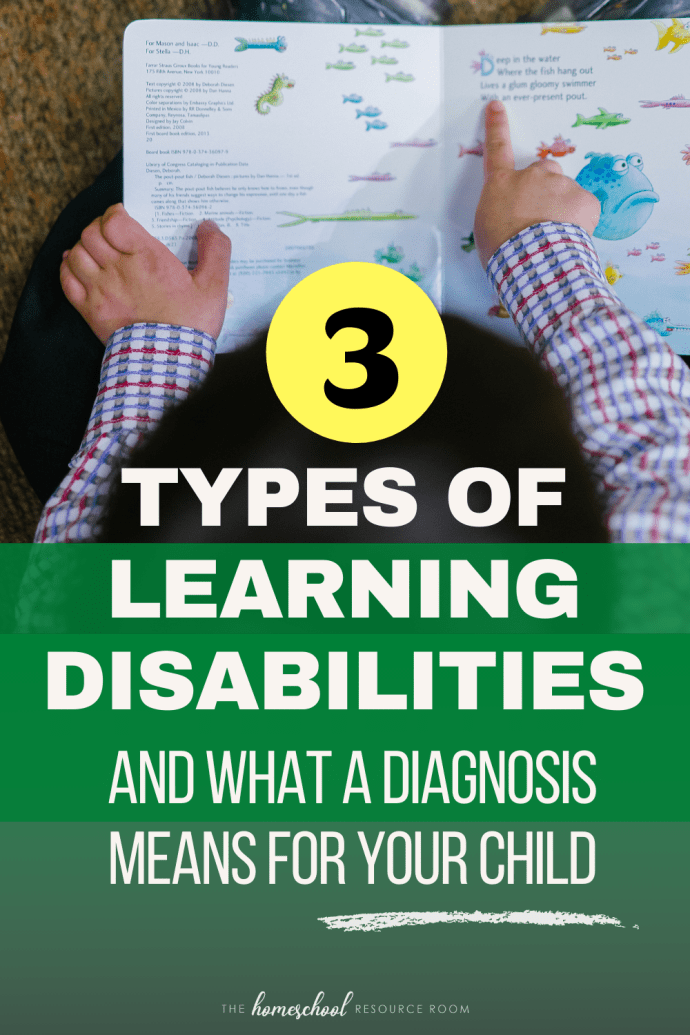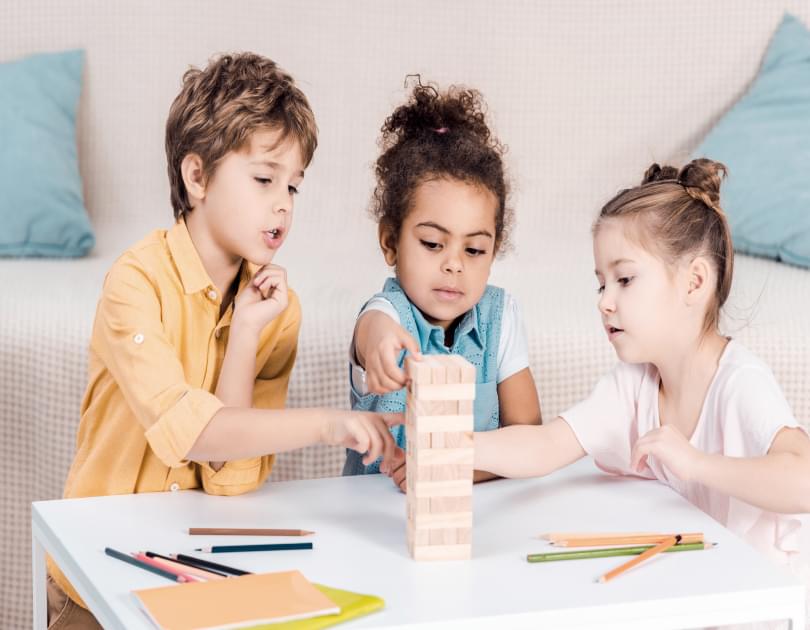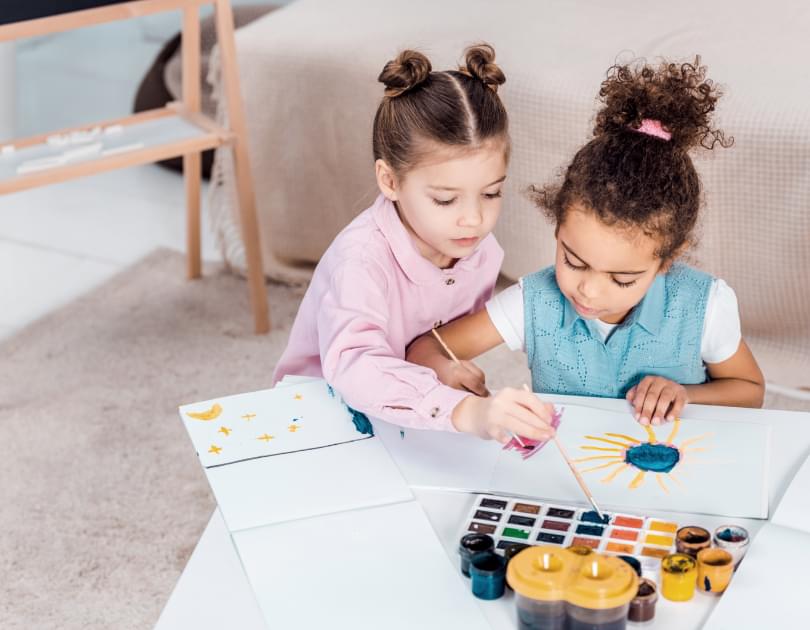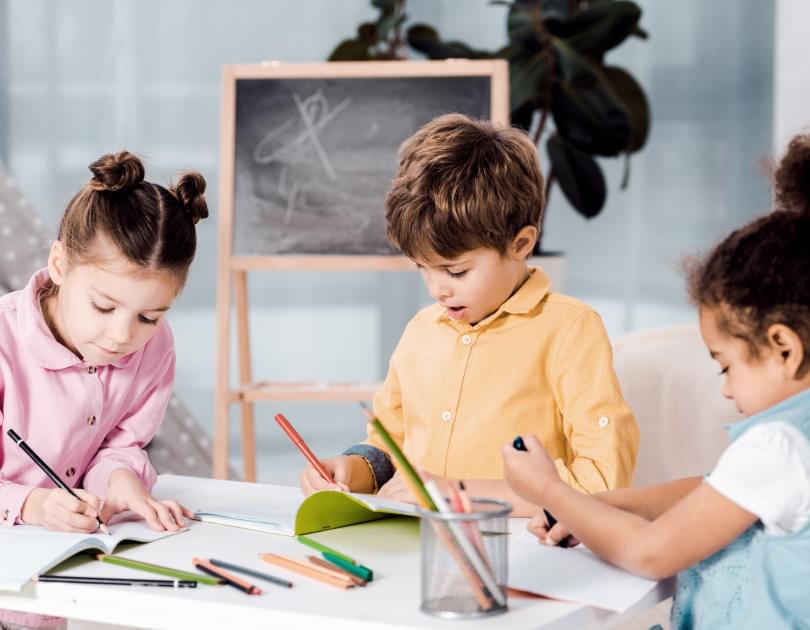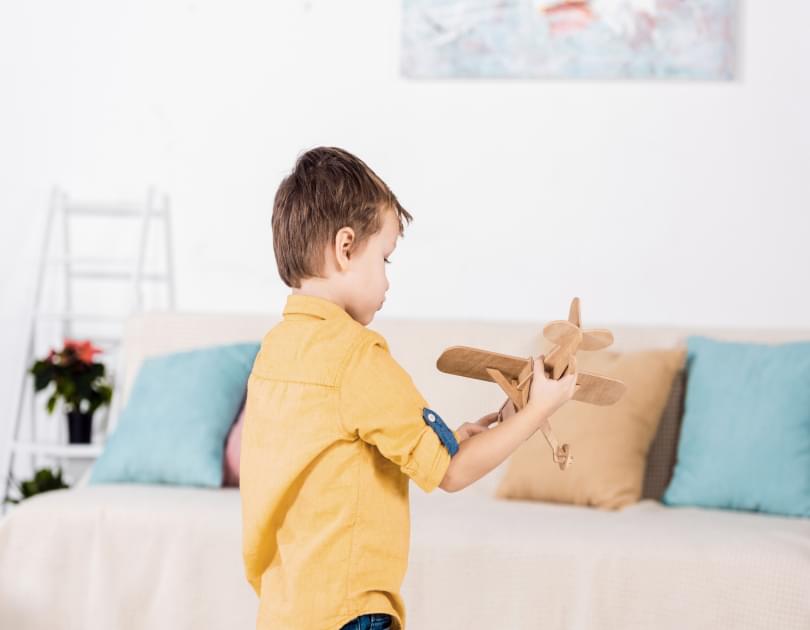Creating Fun At Home
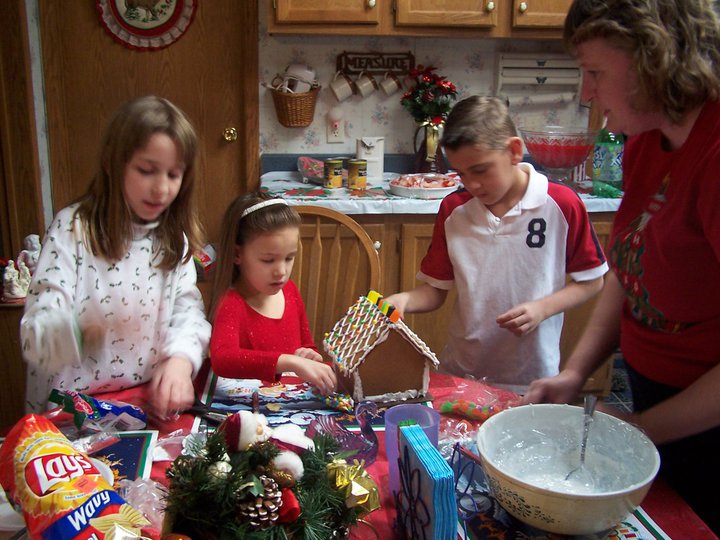
People create and maintain family traditions because they bring meaning to celebrations and foster special bonds. More importantly, traditions create positive experiences and memories for everyone by nurturing a family's connection and giving them a sense of belonging.
Traditions create a connection for children that comes from feeling like they are part of something unique and extraordinary. Family traditions can even contribute to a child's self-esteem and enhance their well-being. After all, children find comfort and security when things are predictable and consistent.
When you are creating your own family traditions, try to keep them simple. Think about playing games, sharing special recipes, going on a hike, seeing a performance, and so on. These simpler traditions are more likely to be repeated and carried on. Likewise, your traditions do not need to cost a lot of money. There are plenty of ways for families to bond without spending money.
"JUST PLAY WITH ME"
Young learners enter this world driven to explore, experiment, learn, and grow. We see this in the toddler who delights in dumping a bin of blocks on the floor or in a curious infant splashing in a puddle.
For early childhood professionals, there is no question that young children learn through play. Research has demonstrated that providing rich and varied play experiences for children boosts their early learning. I believe strongly in the power of play for supporting cognitive development. I wanted to gain insight into what parents and caregivers think about play. In partnership with researchers from North Central College (in Naperville, IL), we worked to complete two studies to help us dive deeper.
Here’s some of what we learned about parents and play:
Parents value play and believe it is highly important for their children’s cognitive development.
Parents recognize play as an important way that young children learn about the world around them.
Some parents don’t always feel confident about their own abilities to play.
Busy schedules and concerns about safety can present barriers to parents just playing with their children.
We get it—stepping outside of your comfort zone is not easy, switching gears to tune in to our playful side can be challenging, and understanding our role as the adult in play is not always clear.
Here are some things you can think about the next time you are prompted to get down on the floor with your little ones:
Take time to watch and listen. Before joining your child’s play with your words or actions, take time to observe how your child is playing and experimenting. Not only will you delight in your child's discoveries, you will also find that observing is a great way to get to know your child's interests and gain an understanding about what he is learning. You may be surprised at how competent your child is when you focus on what he is doing.
Say what you see. Instead of saying "good job," give your child specific feedback about what she did or what happened. Start with the phrase "I like that you..." instead. Acknowledgement can be a gesture, a facial expression, or verbal feedback. Remember your child's discovery of what water can do? Here are some phrases you might say that show you notice your child's discoveries: "You did it!" "Wow, look at that! The water made the wheel turn!"
Extend play. Offering other materials or modeling a new skill based on your child's interests is a way to initiate interaction and suggest additional possibilities, extending your child's learning while he continues to play. For instance, if your child were to build a ramp with blocks, you could offer him materials of different weights to roll down the ramp. “Does the heavier car go farther than the lighter car? Is one faster than the other? What else could we try?”
Play and learn alongside your child. Our children are always watching us. When they see you making new discoveries, you are sharing a valuable lesson—that is, learning is a lifelong process.
While there is an art in knowing how best to support a child’s playful learning process, the most important things to remember are to relax, unplug, and have fun!
30 Fun & Cheap Family Bonding Activities at Home
Guest Writer - Happymomhacks
Spread the love
It’s so important to spend time together as a family but it can be hard with our busy lives. The key is reconnecting with quick and fun family bonding activities at home. Things to do with your kids to get your whole family laughing and making memories together.
The best part is you don’t have to spend tons of money to create family bonding activities just some creativity. Our cheap family activities will help you spend time together whether you’re staying at home or just needing something fun to do together.
Get inspired to spend more family time together with our list of Fun Family Bonding Activities at Home. You’ll be ready to stay at home and make new family memories and traditions.
25+ Ideas for Family Bonding Fun at Home
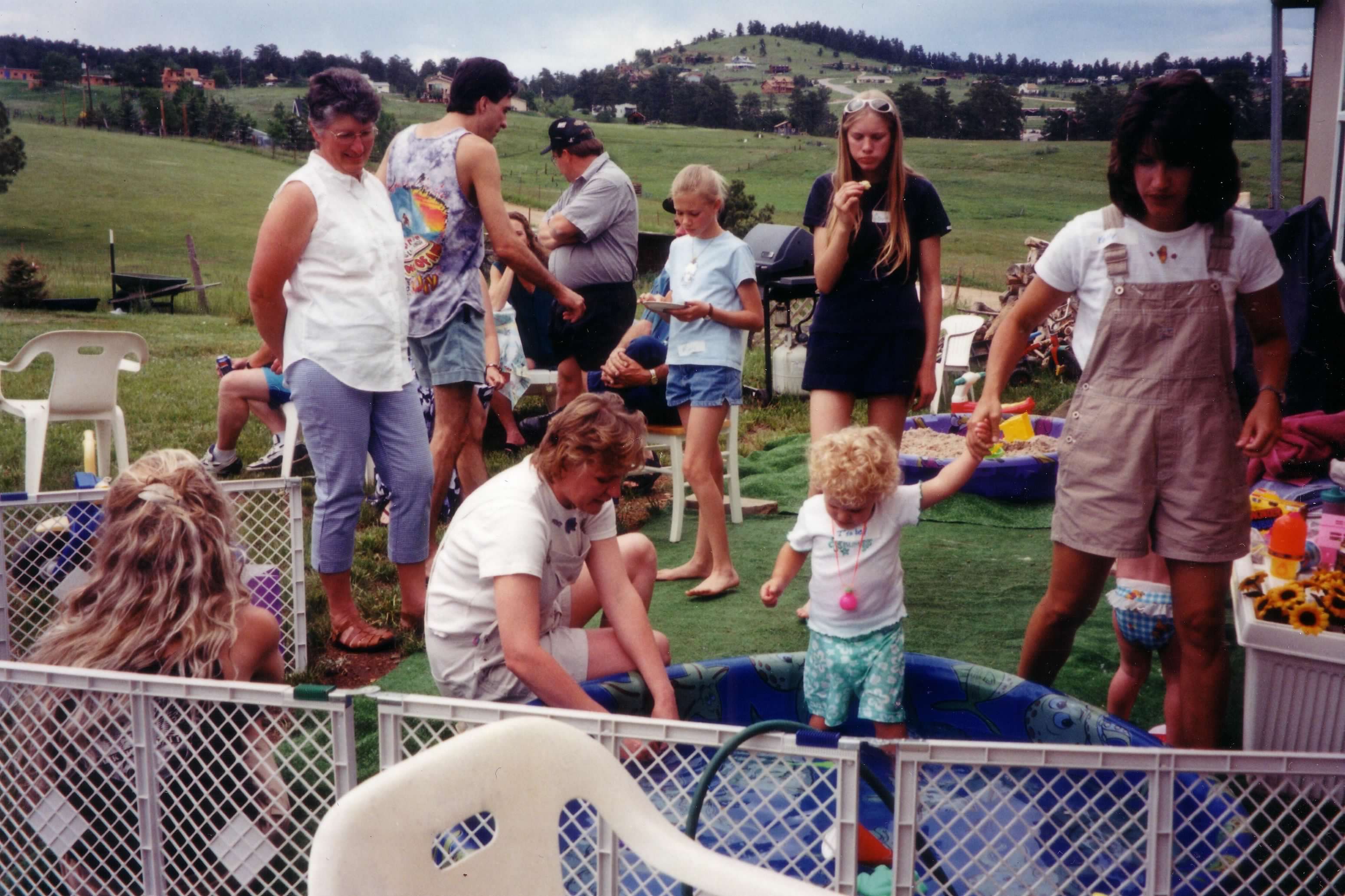
Use these fun family bonding activities to get closer to your kids. They’ll love spending time with you and you’ll be amazed how much you will learn about your kids.
Family Game Night
The easiest way to bond is to have a family game night. Dust off your board games and enjoy playing together. Make it a full night with a fun themed dinner and desserts.
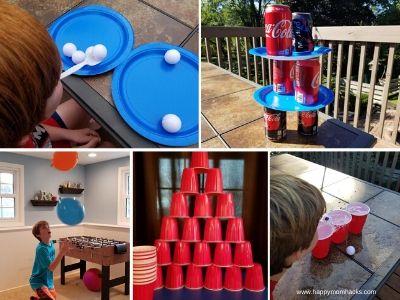
Minute to Win It Games
If you don’t want to play board games try Minute to Win It Games. Their quick one minute games you can do with items around your house. The games are pretty hilarious to watch too!
A few of our favorite board games :
Age 4 and up are Zingo, Disney Eye Found It, and Candy Land.
Age 8 and up are Otrio, Life, Headbanz, Kids Against Maturity, Taboo Kids vs. Parents.
Balloon Games
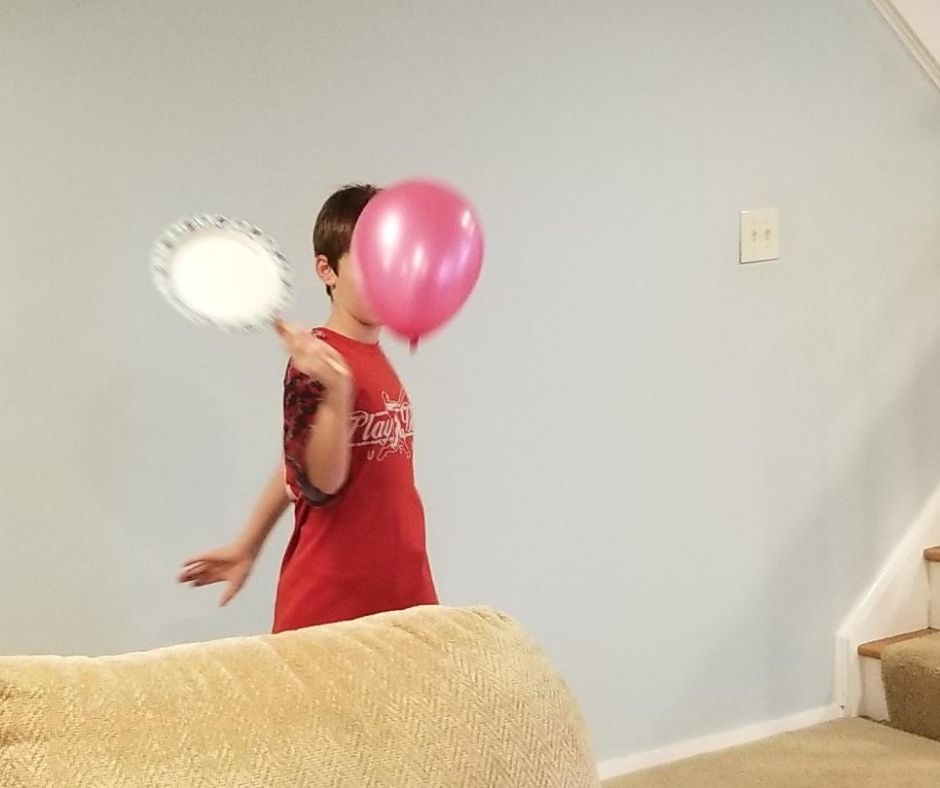
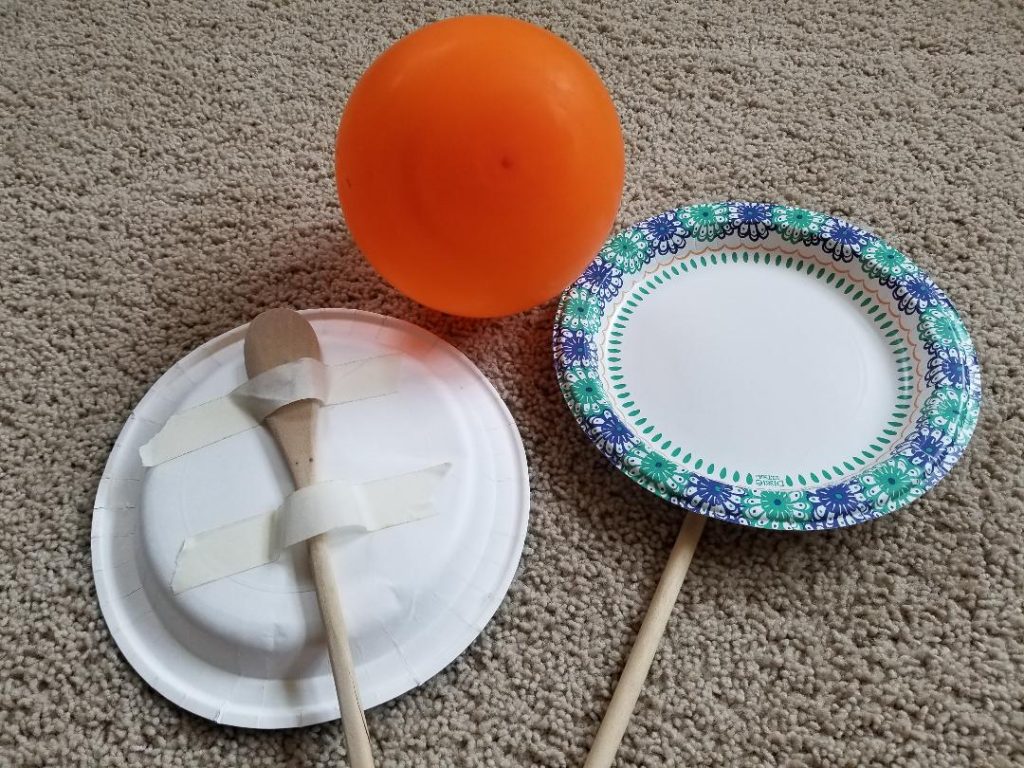
You’ll be amazed at how many games you can make out of a simple balloon.
Some favorites are Keep It Up where you try to see who can keep the balloon up in the air without it touching the floor the longest.
For more ideas try Balloon Volleyball, Balloon Race, or Balloon Tennis. These could be done in teams or one on one. You’ll love all the energy they burn playing these games indoors.
Would You Rather
Kids love playing the Funny Would You Rather Game. It’s a great way to start a conversation with your kids. Ask the kids silly questions like Would You Rather have bad breath or stinky feet or Would You Rather eat worms or beetles?
Go around the table and see what each of you would rather. Then find out why they’d eat a worm instead of a beetle. The answers are the funniest part!
Get a free printable list of Would You Rather Questions for Kids
Laser Maze or Obstacle Course
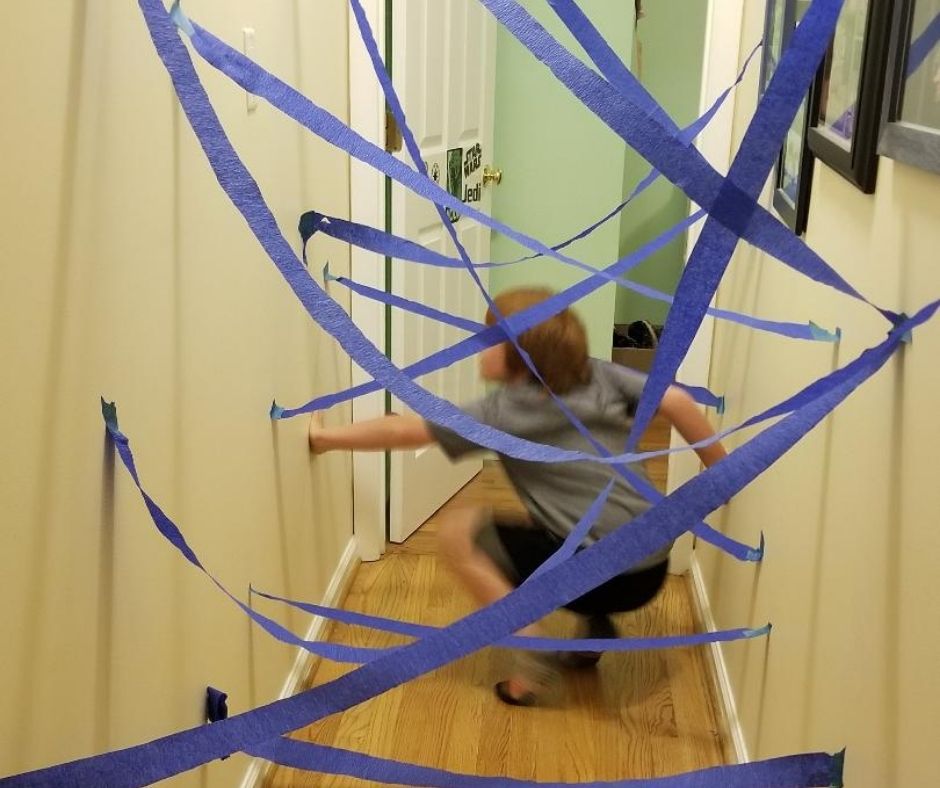
Work together as a family to create a Hallway Laser Maze or Obstacle Course. The set up alone is a fun family bonding time. When you’re done let kids run through the maze. If they like competition time the kids to see who’s the fastest.
Find more indoor games for kids when you’re stuck at home in Awesome Stay At Home Indoor Activities for Kids.
Family Walk or Hike
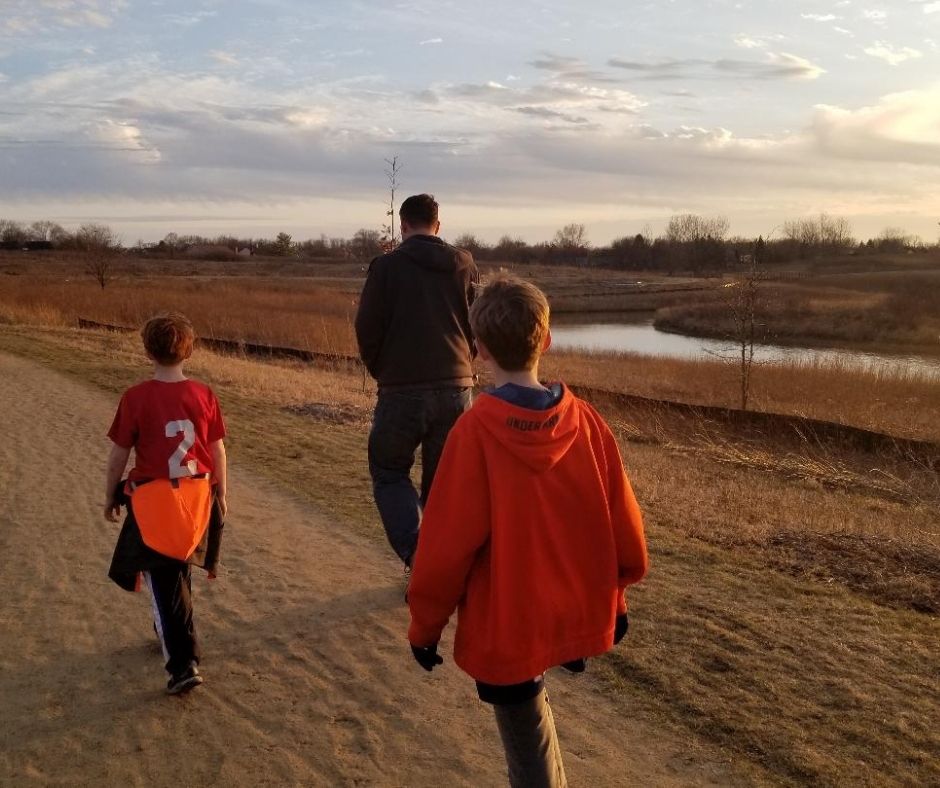
Get out and explore your neighborhood or local forest preserve together. Talk about things you see or what’s going on in your kid’s lives. It’s amazing how much more your kids will talk when your walking.
Add some fun to your walk with free printable Nature Scavenger Hunts. We even have a scavenger hunt for teens to get them to come along too.
Virtual Games with Family or Friends
When you’re stuck at home families can still bond with others by playing virtual games.
Use Zoom Games for kids to play with grandparents or friends you can’t see in person. Everyone will love seeing each other and competing in fun games like Are you Smarter Than a 5th Grader, Bingo, Pictionary & More.
Arts & Crafts
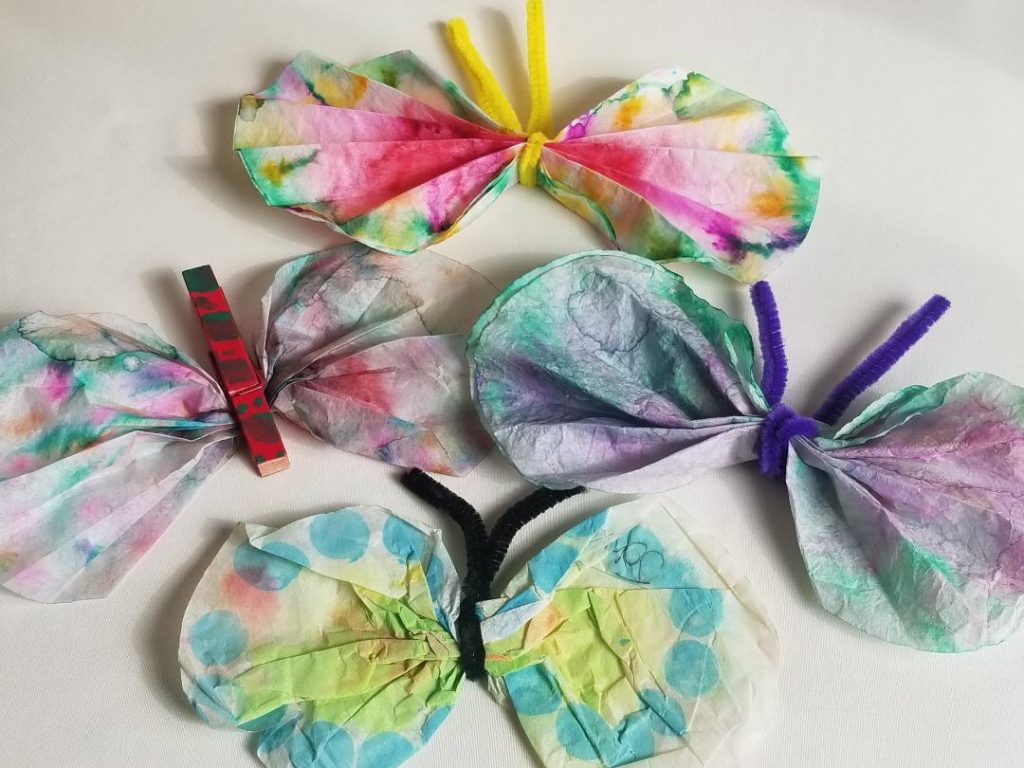
Do your kids love to make crafts at home? Pull out your crafts items and create projects together as a family. A great way to spend family time together at a table and off electronics just chatting and being creative.
Pinterest is filled with fun and easy craft ideas for kids to do at home. One of our favorites is Coffee Filter Butterflies made with items you already have a home. Kids can use their creativity to make each butterfly unique.
STEM Projects
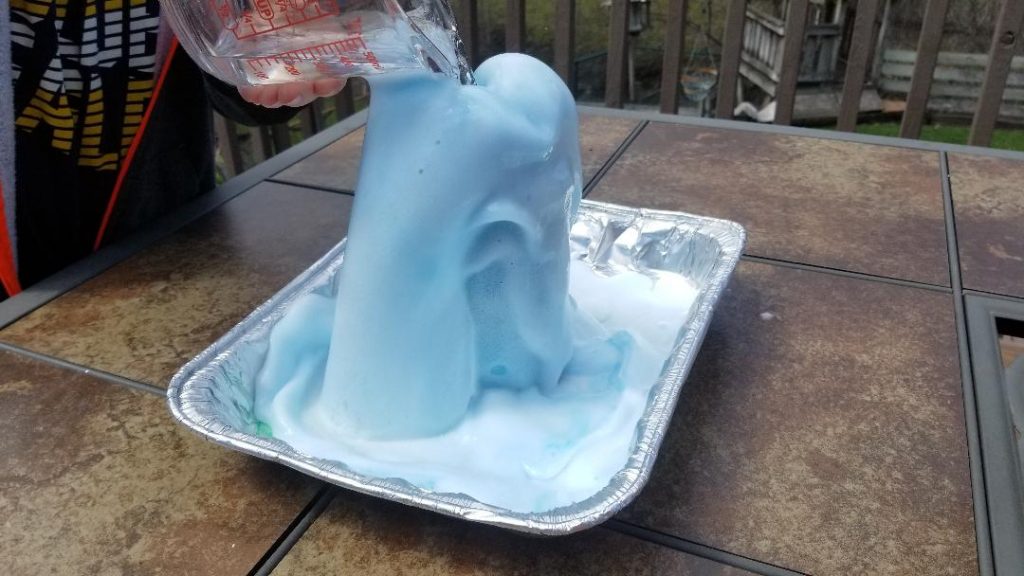
Encourage your kids interest in science with fun STEM projects at home. The whole family will love creating cool experiments and seeing what happens.
One of our favorites is creating an Erupting Volcano. It’s super easy and the kids will be in awe every time the “volcano” overflows.
Chalk Games
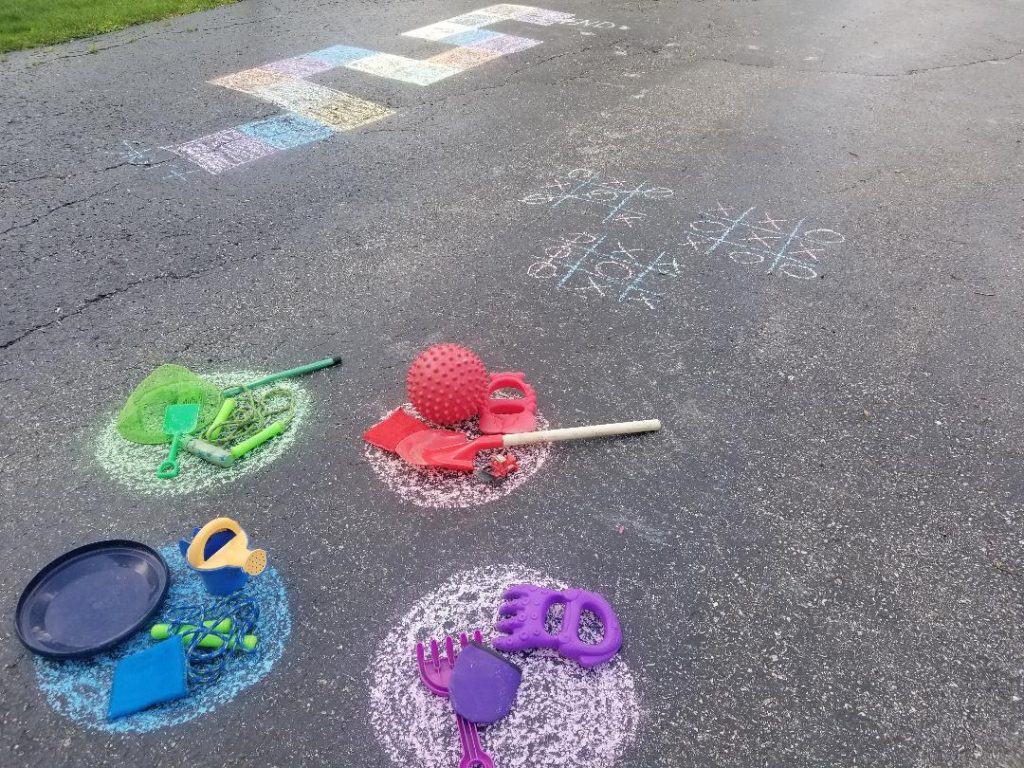
Use chalk on your driveway or sidewalks to create fun chalk games for kids to play. Make a huge hopscotch, color finding game, draw a big candy land board on your driveway, or simply draw pictures.
Family Hide & Seek
Have an epic game of Hide and Seek in your house or backyard. Search out new places to hide and see if the kids can find you. They will want to play this over and over again.
Build a Fort
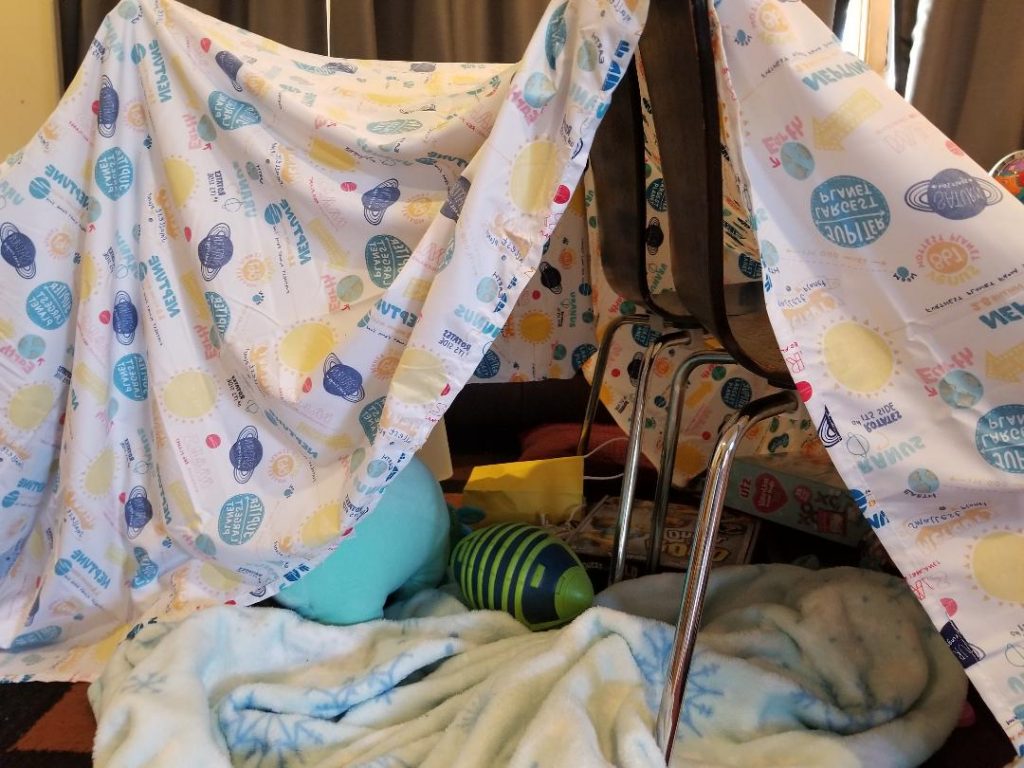
Work together to build a cool indoor fort from couch cushions, sheets, and blankets. The kids will love having your help creating their own home fort. When you’re done use it for imaginative play together as a castle or army fort.
The fort could also be your new reading nook. Add pillows and blankets to the fort floor and snuggle up reading books together.
Indoor Camping
Put up your camping tent in the family room and have a sleepover together in your tent. Use your fireplace to roast marshmallows and tell camp stories. Kids will love sleeping in sleeping bags with the whole family surrounding them.
If you don’t have a tent just build your own fort to sleep in together.
Neighborhood Walk
If you don’t have time to head to a forest preserve walk around your own neighborhood together. Kids can ride bikes, scooters, or walk with the family. Just getting outside is a fun way to spend time together.
Make your neighborhood interesting with a free printable Neighborhood Scavenger Hunt. Find all kinds of hidden things on your own block.
Movie Marathon

Enjoy staying in with a fun Movie Night Marathon. Let each kid pick a movie so there is no fighting. You can even spread it out over a couple days or pick once a week movie night. Friday Nights are always a good night to relax and watch a moive after a long week.
Make movie night more exciting by dressing up like the character in the movie or create a snack to go along with the movie theme.
Make Your Own Pizza Night
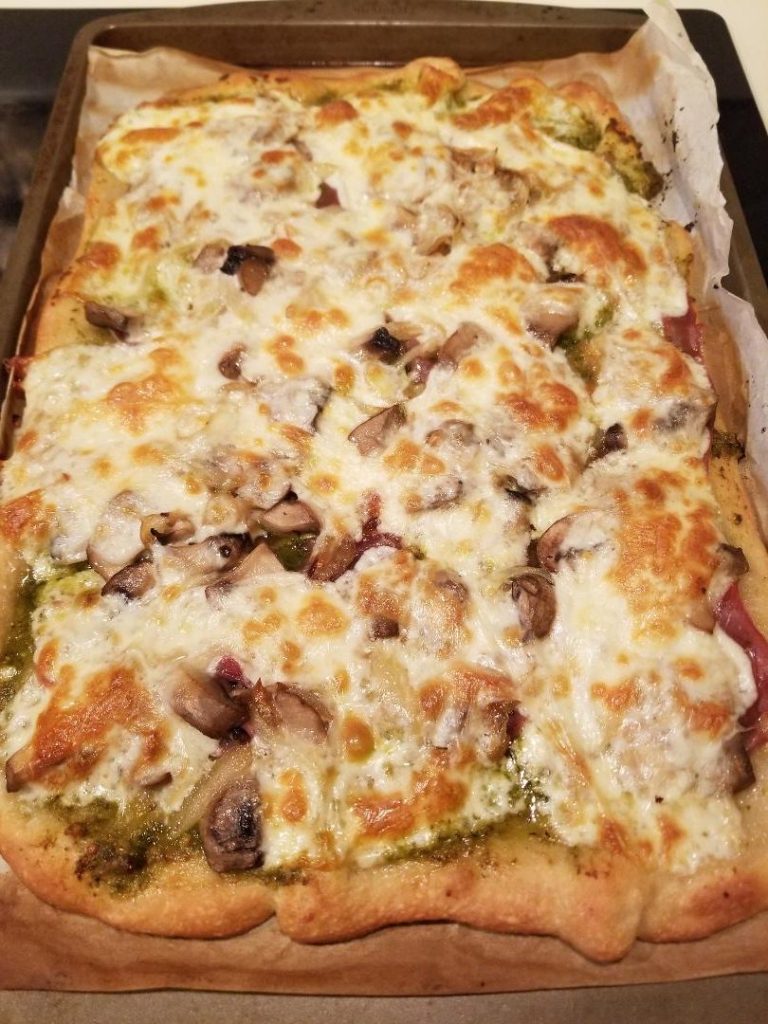
Let everyone create their own pizza for dinner. Pick up the pre-made dough to make it fast and set out bowls with lots of different toppings. It’s fun to see what each kid creates and you might even get them to try something new.
Our favorite Homemade pizza for adults is Homemade Prosciutto and Pesto Pizza. It is amazing!
Bake Together

Pick out a favorite baking recipe or something new and enjoy an afternoon of baking sweet desserts. Kids love to be in the kitchen with you so embrace it and have fun creating something delicious.
If your not a baker try simple cake cookie recipes or no-bake oreo balls. All you need is some cake mix or Oreos and a couple of indigents to mix together for a batch of yummy desserts.
If you make extras share some with neighbors and spread your family fun. Kids can decorate a card to go with it too!
Read a Book Together
Kids love to hear you read to them. It’s a great way to increase their vocabulary and enjoy time together. Pick out a book the whole family can enjoy and have a reading night while you eat your delicious baked goods.
Sports Day

Grab a few different balls and head outside to play sports together. Enjoy a game of soccer, basketball, whiffle ball, football, or whatever is your kid’s favorite game. Play more than one game to enjoy a whole afternoon outdoors together.
New Playground or Park
Find a new playground or park to explore together. Enjoy swinging on the swings, going down the slides and flying across the monkey bars. Make a day of it by packing a family picnic.
Dominos

Create an epic domino course with your kids. Spread it out across your family room with different levels and turns. Then test it out and see what works and what you need to change.
Watch Old Family Videos
Break out all those old family videos of past relatives or your kids when they’re little. They’ll love hearing stories about your family and learning about their family history. Plus watching themselves on the tv when they were little is pretty cool too.
Relay Race
Create a relay race in your backyard. Set up obstacles to run around and jump over as a fun race course. Use paper towel rolls as your relay batons.
Pair up with a family member onto teams. You will see which team is the fastest. The first players set off to run the course with their batons. When they get back to the start they hand off the baton to their teammate who takes it and races to the end.
A simple game all ages can play just make it harder or easier depending on your children’s ages.
Dance Party

Have a family dance party. Crank up the music and get out all that energy with funny dance moves to get the whole family laughing.
Puzzles
Pull out a puzzle for the whole family to work on at the kitchen table. Enjoy chatting together while you find the many pieces of your puzzle.
Seek & Find
Print out some Seek and Find worksheets where you search to find items hidden in the pictures. When you need a calm and low-key family activity this is it. Find lots of free printables on Pinterest.
Sundae Bar
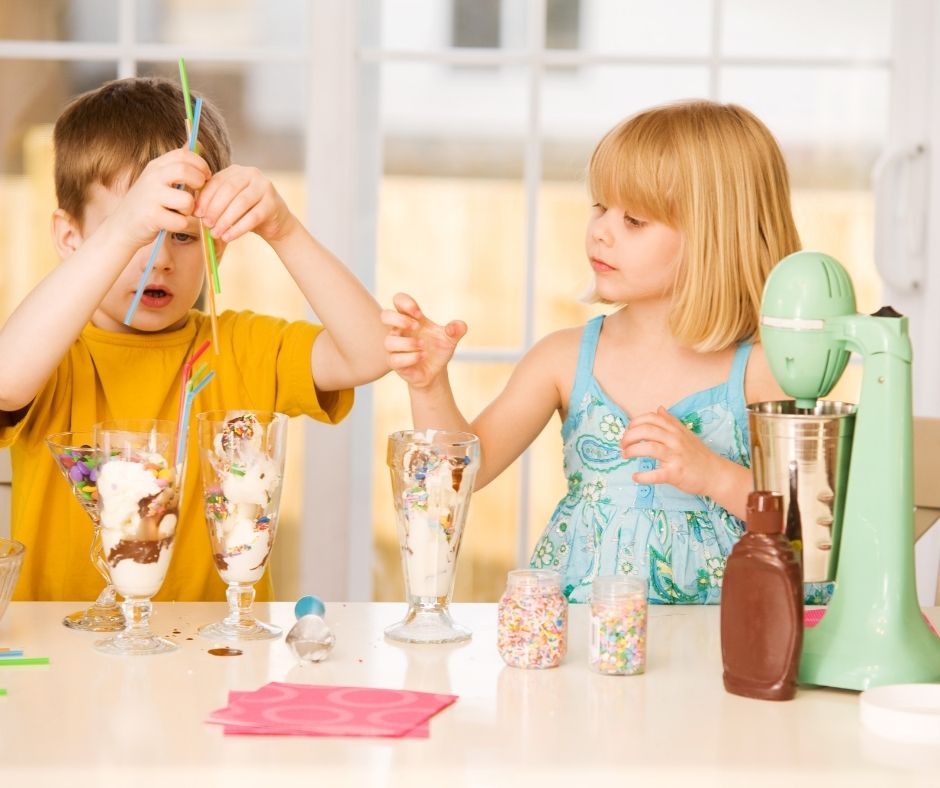
Make a fun sundae bar for the kids. Put out all kinds of yummy toppings like sprinkles, cut up candy bars, hot fudge, cookie dough, caramel sauce, and your family’s favorite toppings. This would be great paired with a movie or game night.
Karaoke Night
Pick out favorite songs and let each family member belt it out. You can put YouTube on your tv or computer to get songs or buy a Karaoke Microphone that will do it all for you.
Sac Race
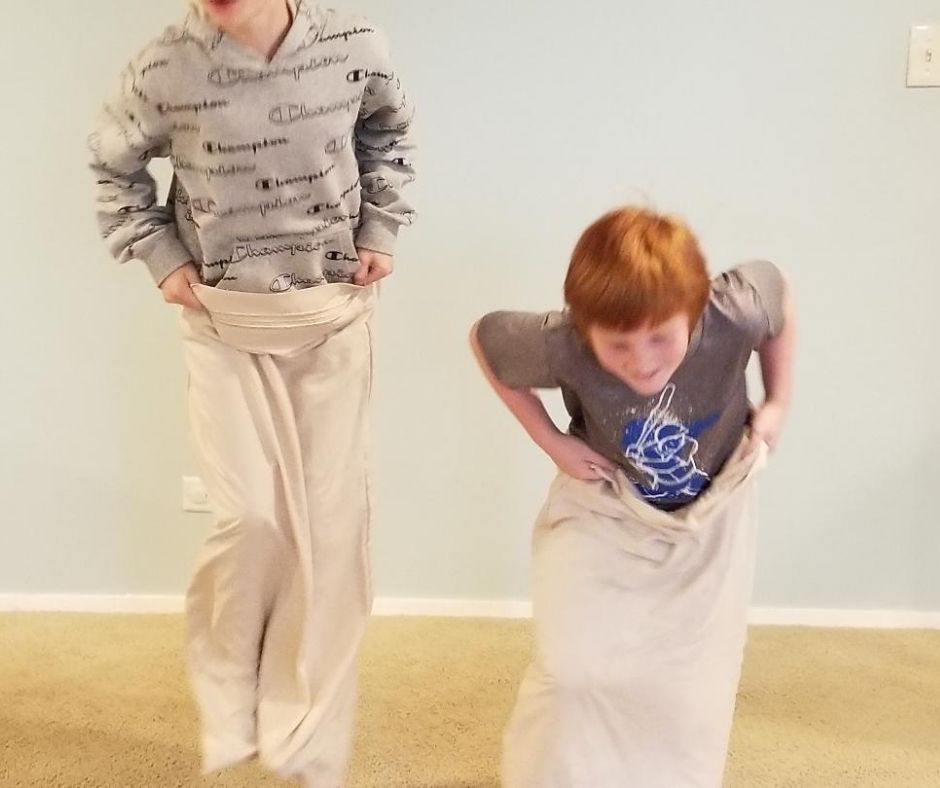
All you need for a fun Sac Race is pillowcases. You can do this indoor or in your backyard. Kids and adults climb into a pillowcase and hop to the finish line. Create a finish line with painter’s tape or two chairs at each end.
Head Outdoors Each Season
Summer Month
Plan a fake beach day at your house with fun water games to keep them busy all day long.
Fall Months
Rake leaves and jump in the huge piles you create. Then collect leave and make leaf rubbing crafts.
Winter Months
Enjoy the snow outside by building snowmen and having snowball fights. Then head to your local skating rink to try out ice skating.
Spring Months
Fly a kit in your local park or yard if you have enough space. On warm rainy days throw on your rain boots and jump in the puddles.
Each season there are tons of fun outdoor activities for families to do together.
Are you ready to spend more time with your family? I hope these family bonding activities will help your family enjoy more time together. The key is to find fun family activities at home that can fit into your busy life and be enjoyable for everyone.
Need More Fun Activities for Kids? Happy Mama Hacks has tons of fun ways to keep your kids busy and off electronics at home. Here are a few of my favorites.
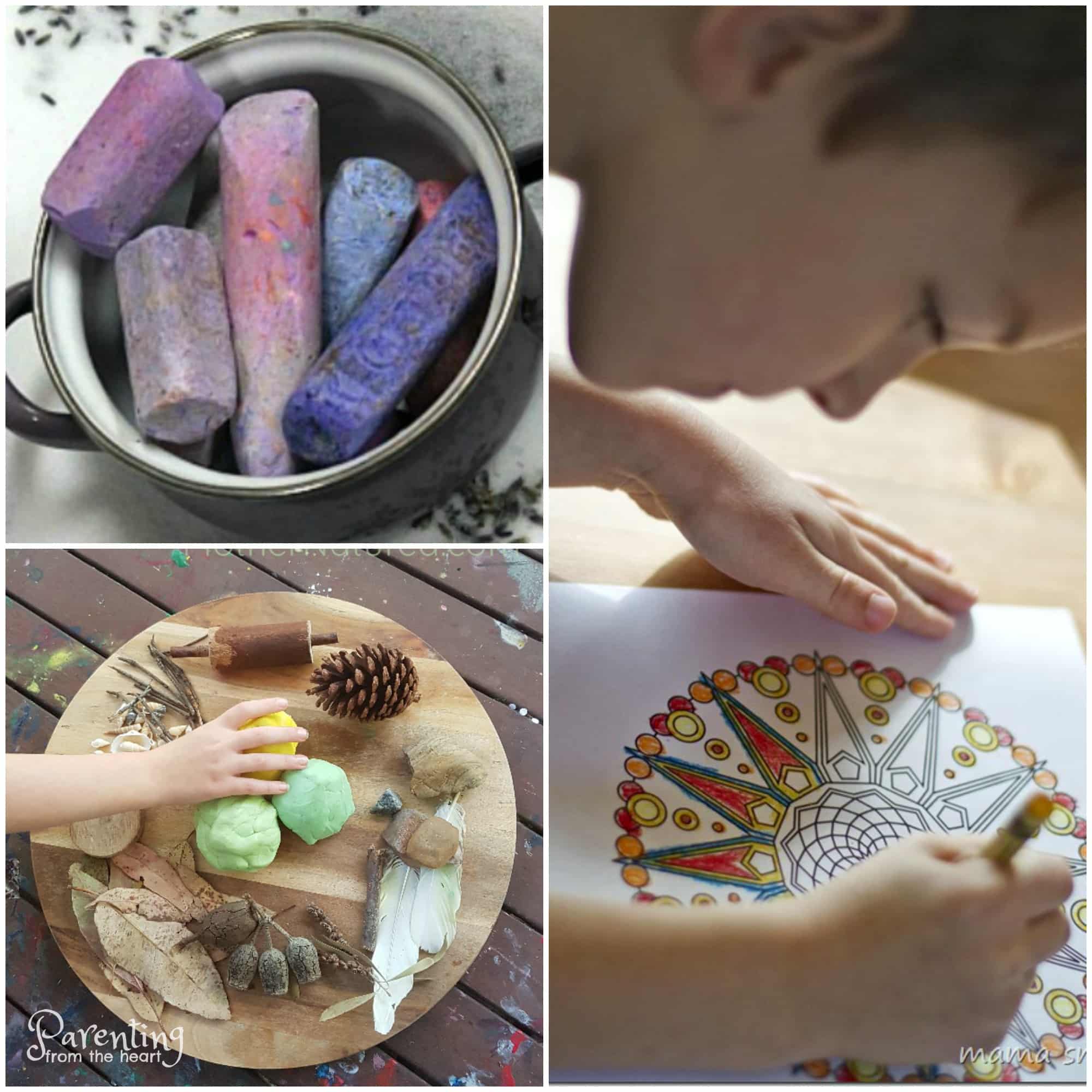
30+ Calming Kids Activities That Will Promote Peace in Your Household
Does your child have after-school meltdowns? Find simple, powerful activities and strategies to calm your child. Back to school has come…
READ MORE
More Fun Activities for Kids
At Happy Mom Hacks we have tons of fun Kids Activities for both indoor and outdoor to fend off hearing kids say the dreaded I’m Bored. Here are a few of our favorites:
20 Minute to Win It Games for Kids – Hilarious games the kids will love playing.
15 Games to Play on Zoom for Kids – Stay connected with friends & family with fun games to play on Zoom
Fun & Entertaining Rainy Day Activities for Kids – Indoor games to keep them busy on rain or hot days.
Scavenger Hunt for Kids – Free Printable scavenger hunts for your local neighborhood, nature preserve, and teen hunts.
60 Free Things to Do with Kids – Entertaining ways to entertain your kids without spending any money.

The Purposeful Parenting Quotes for inspiration
